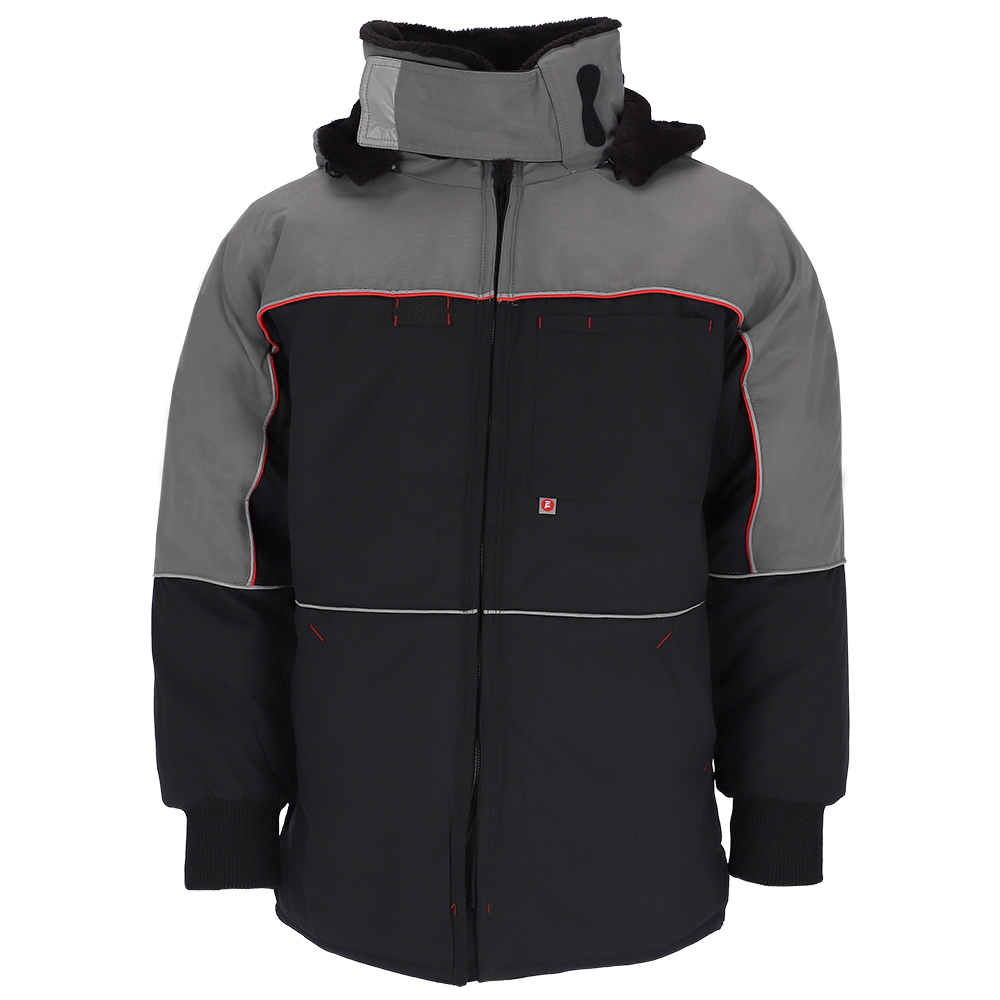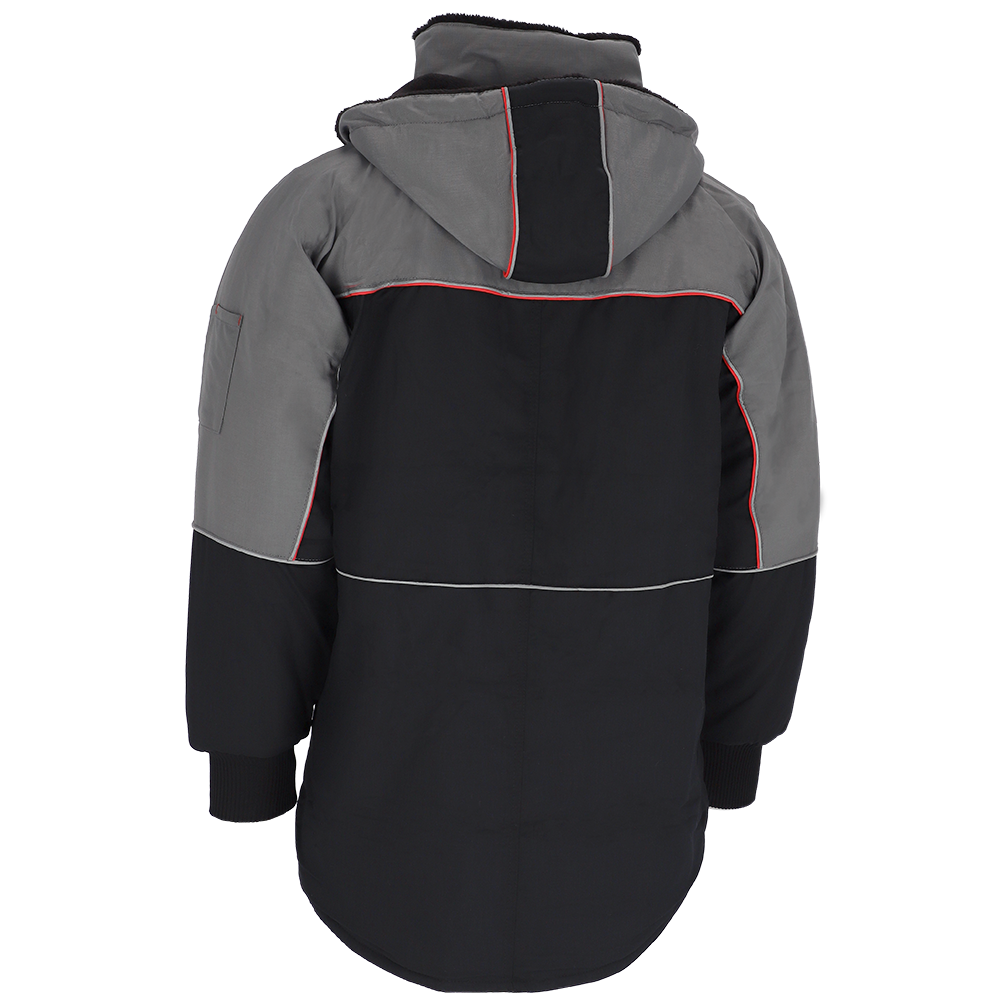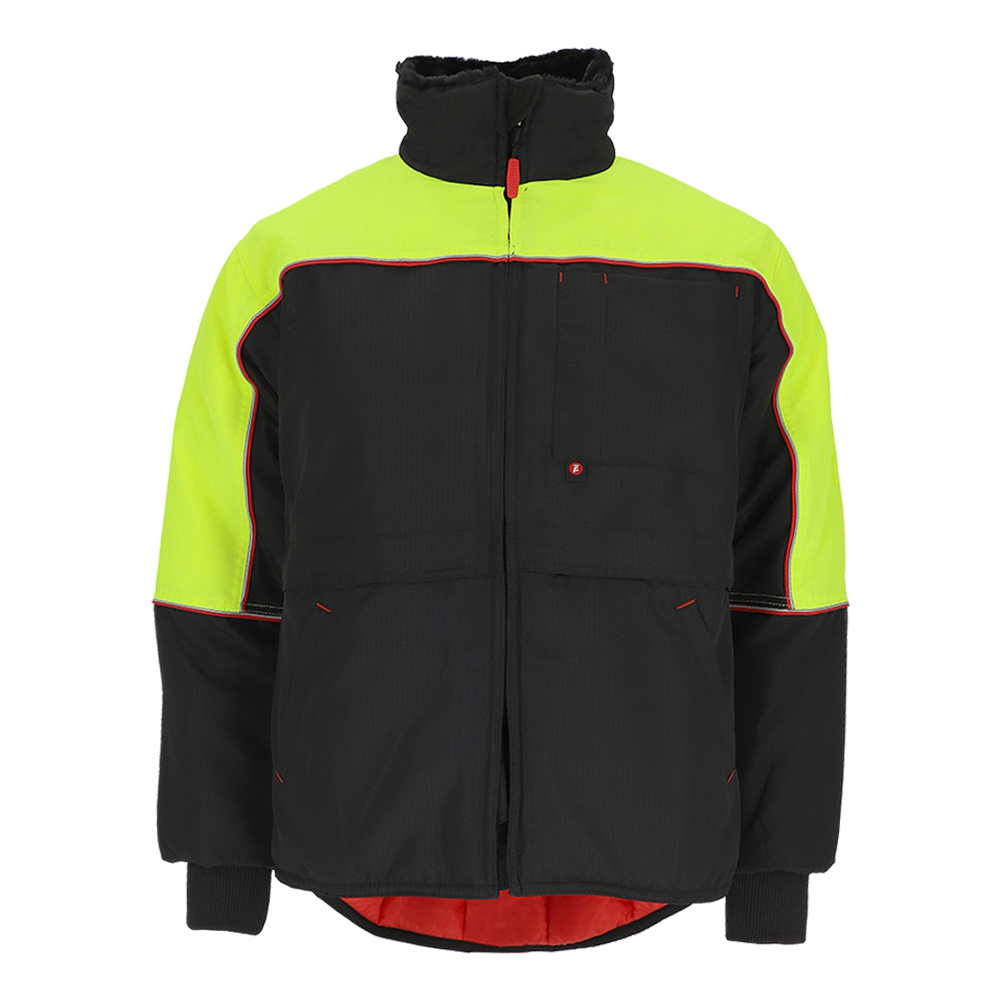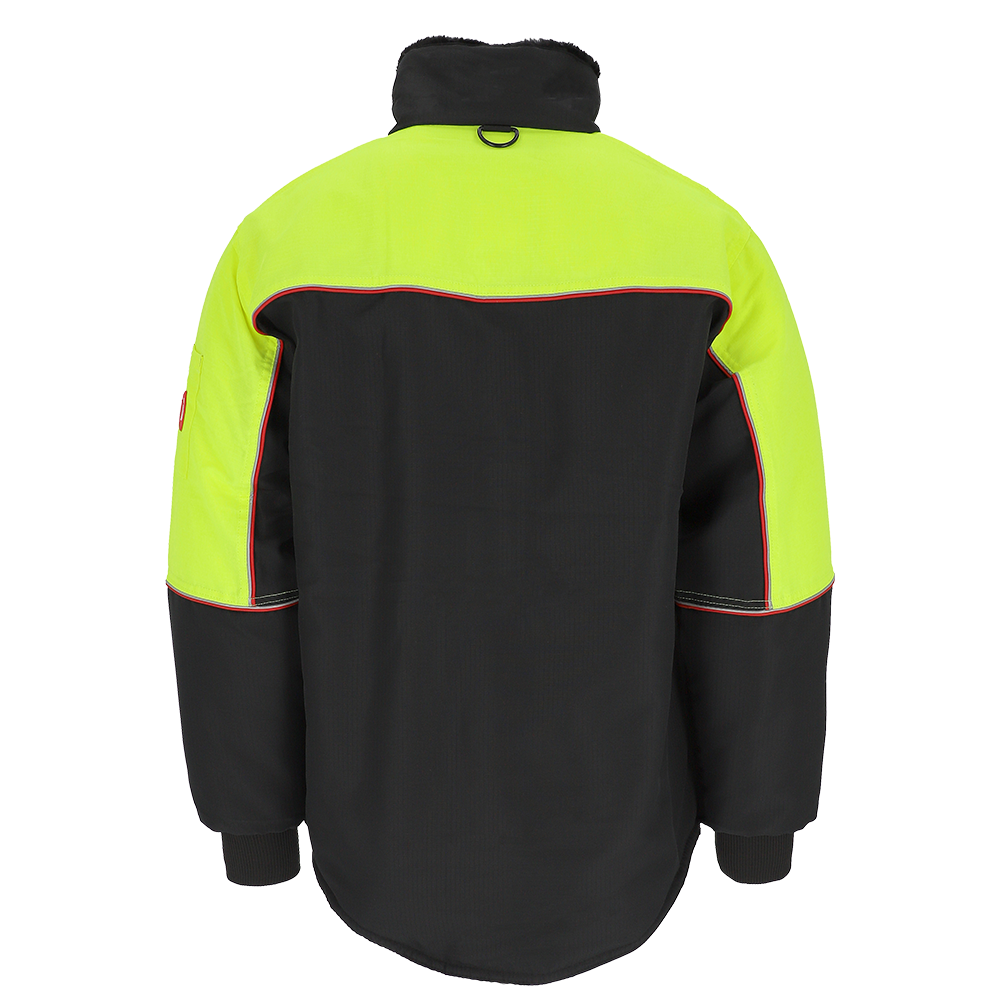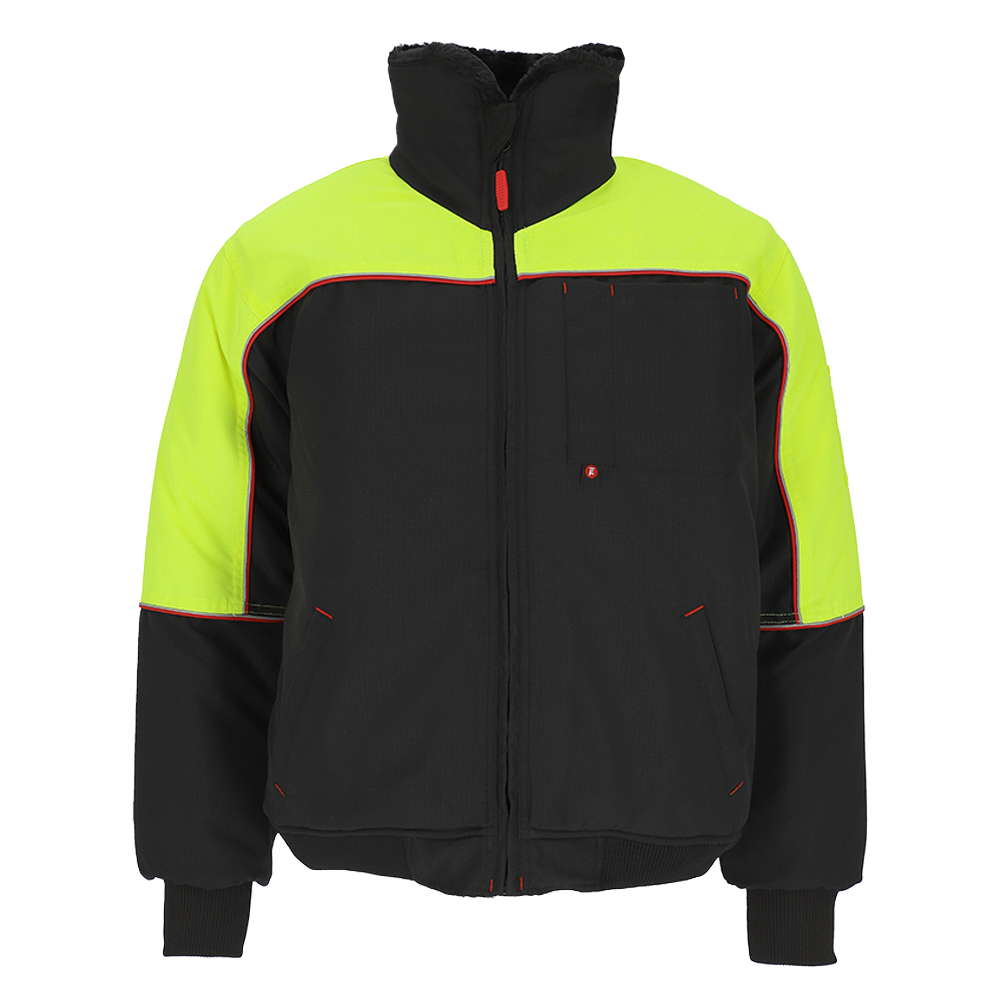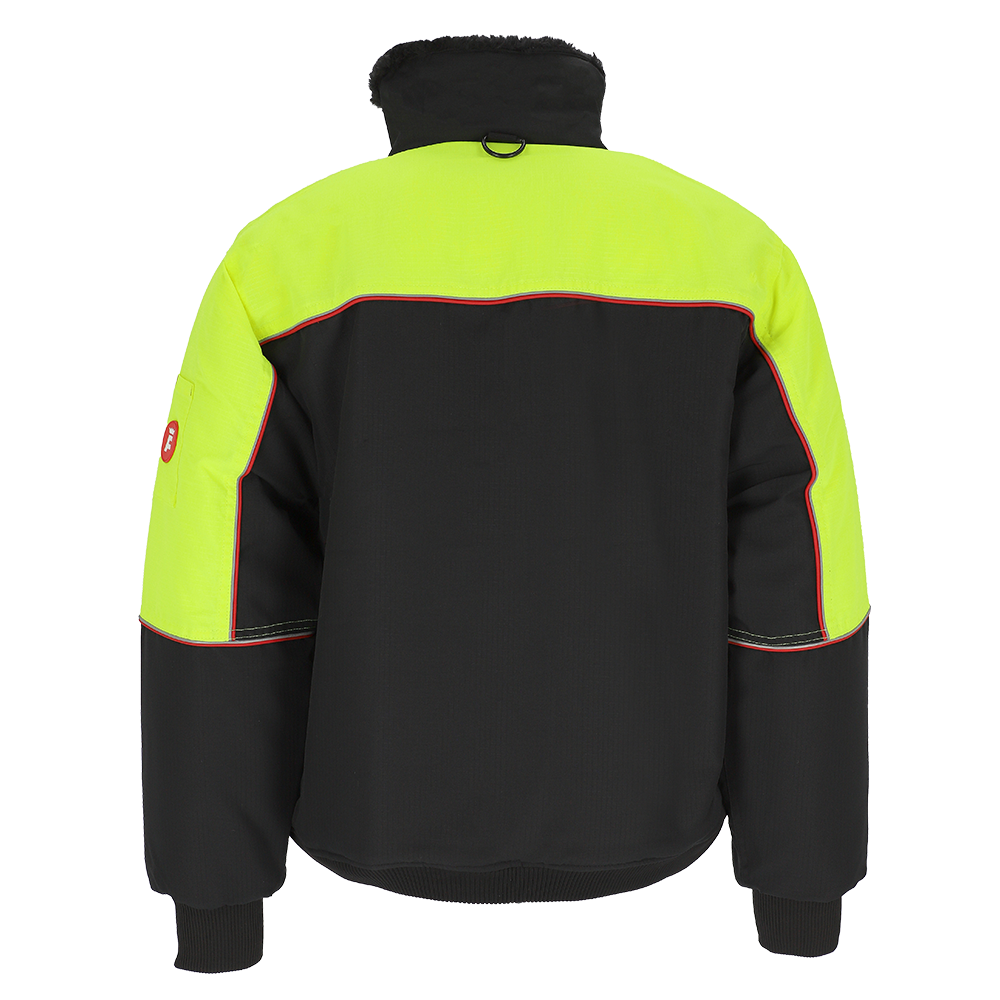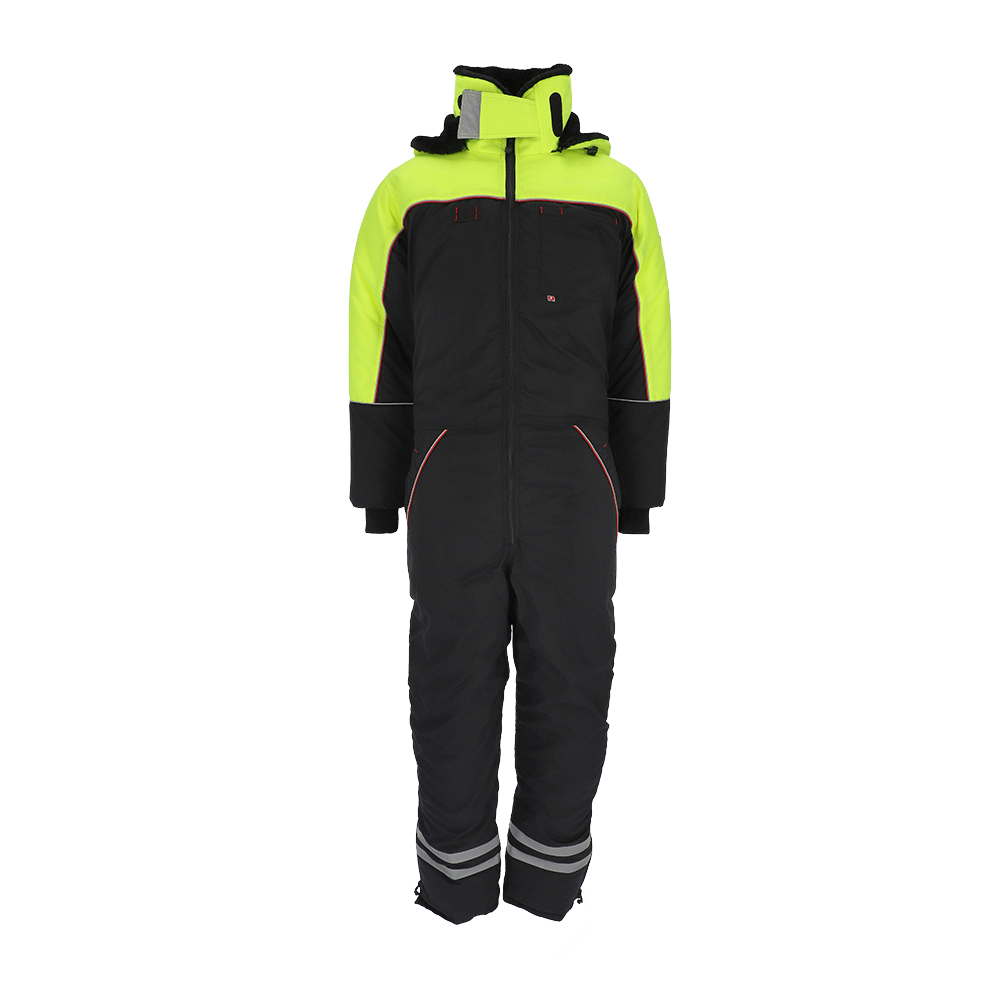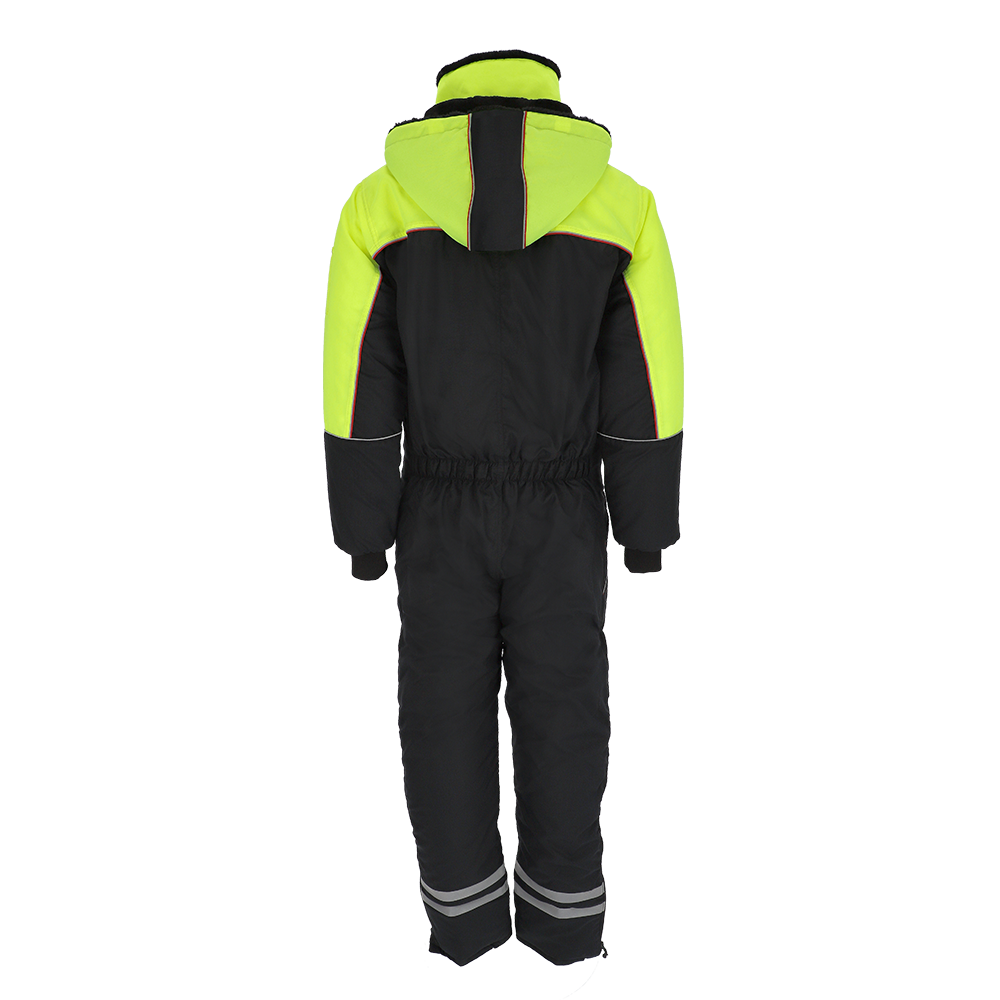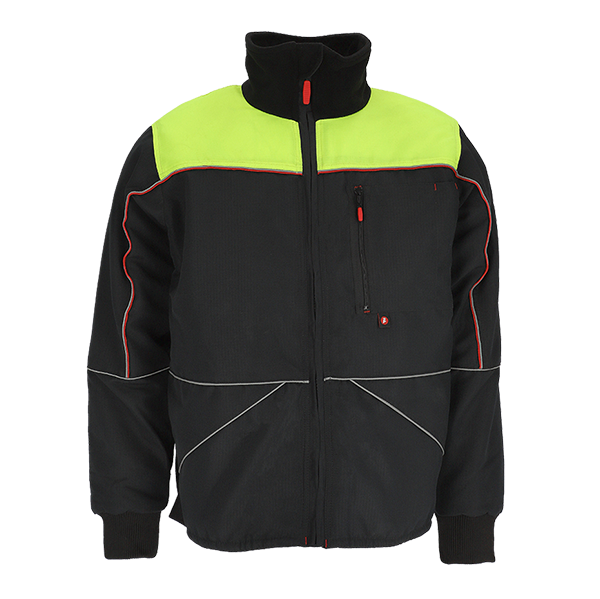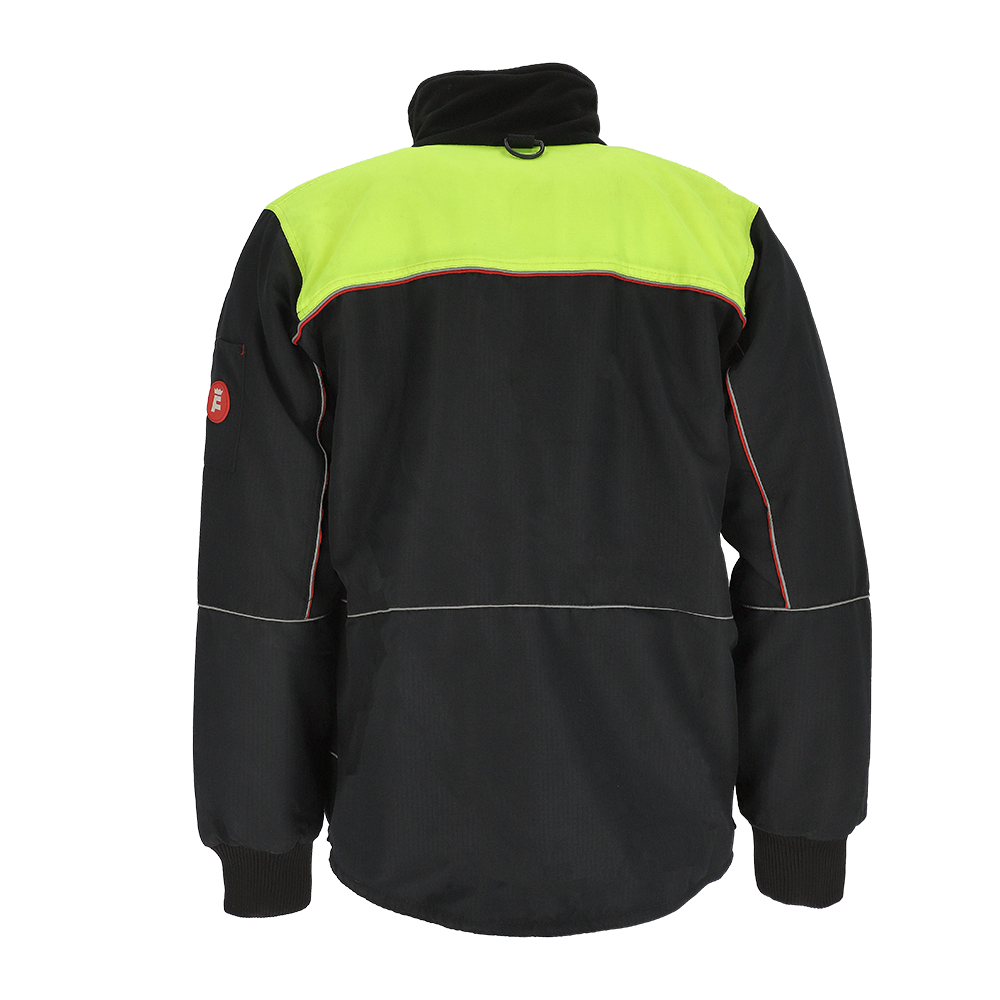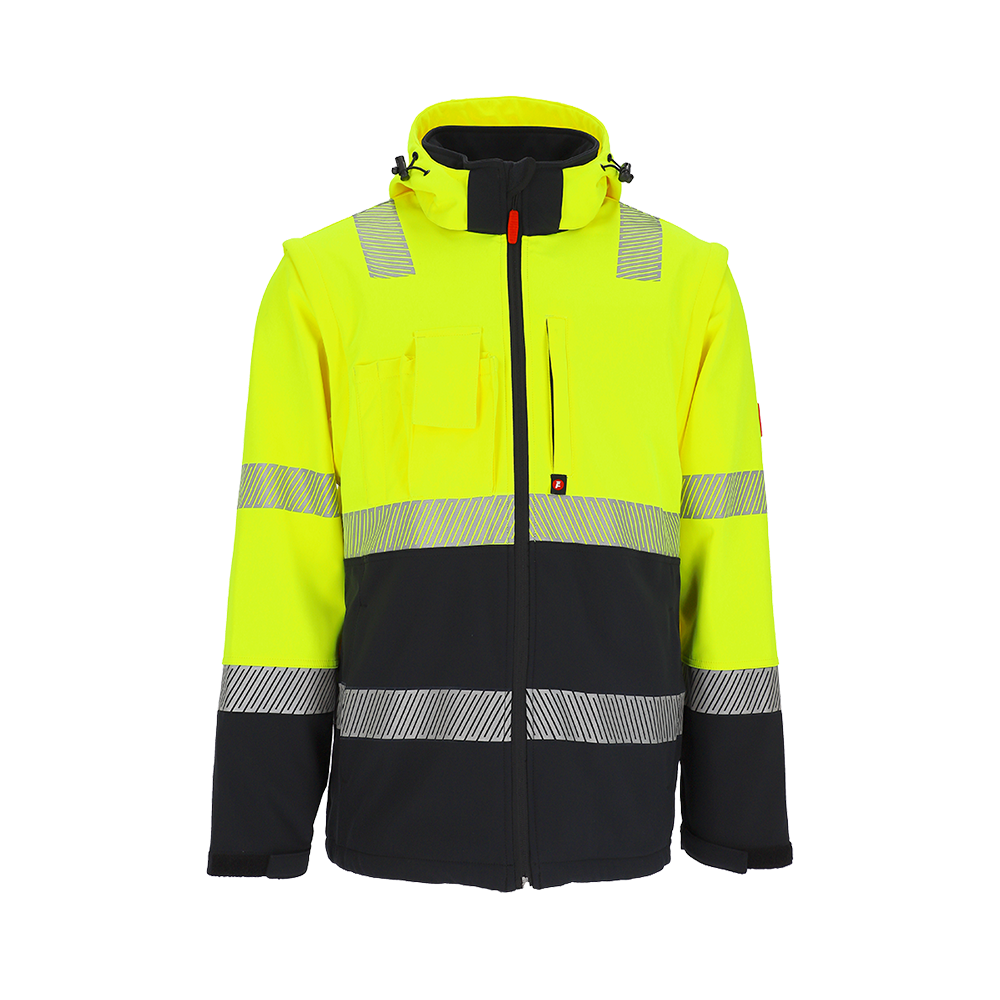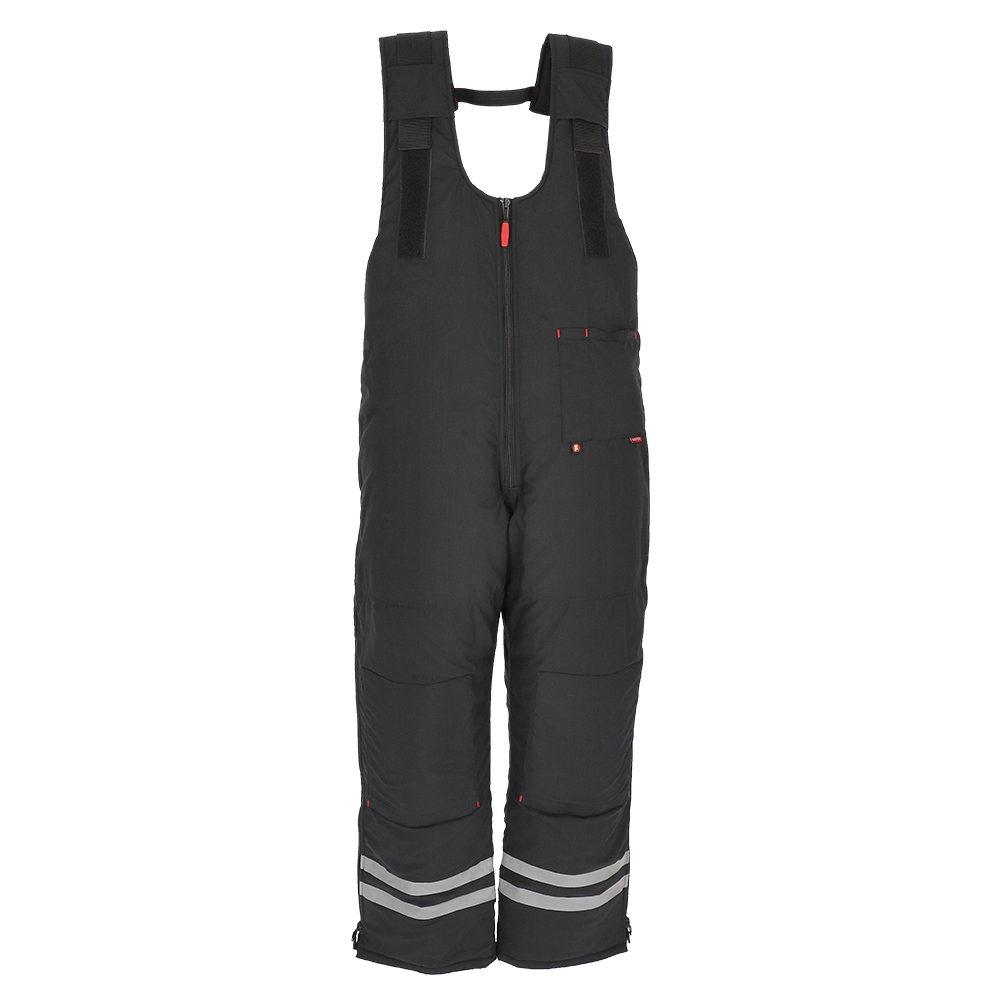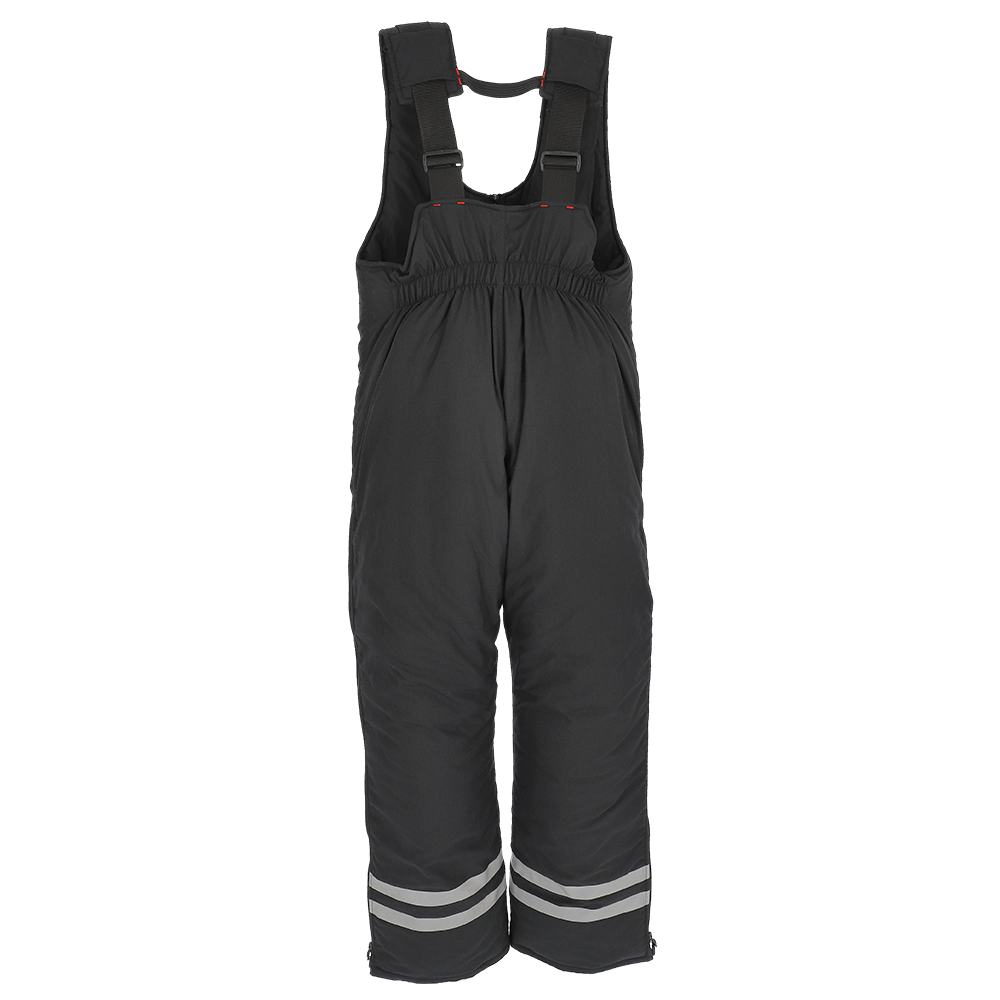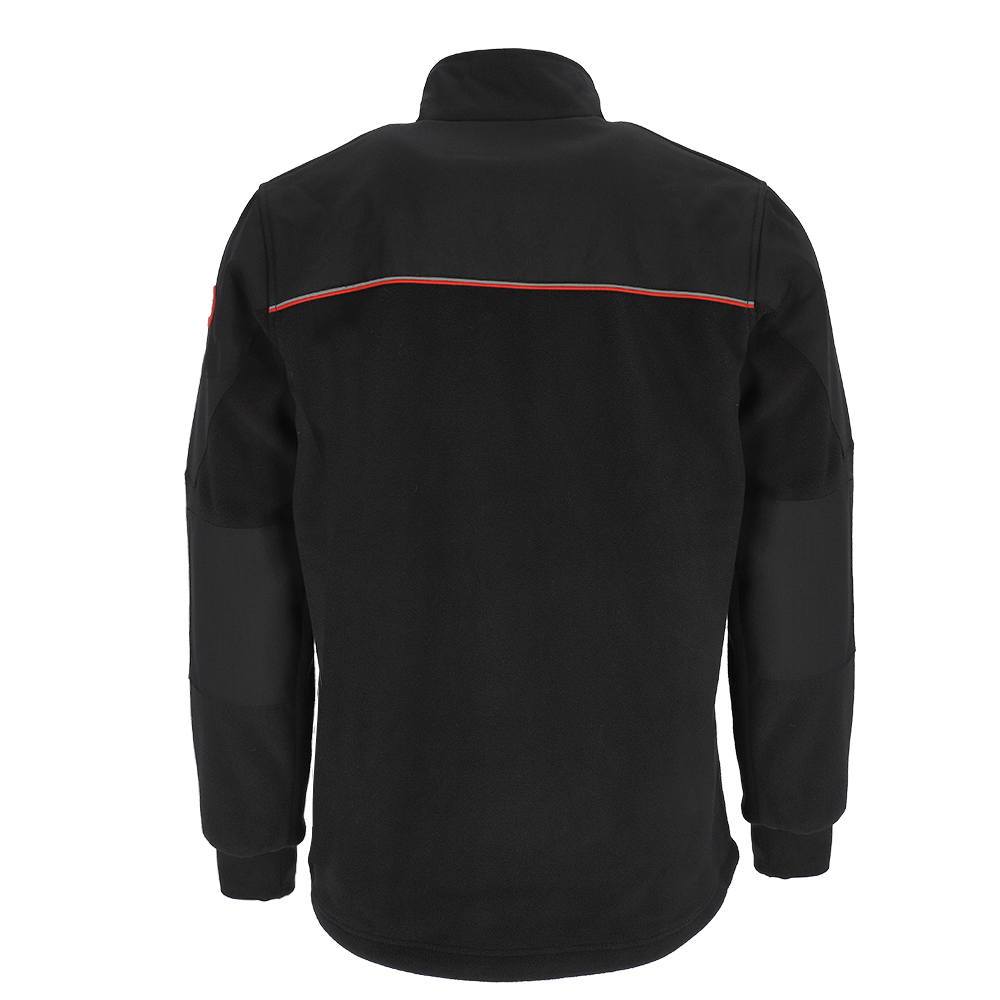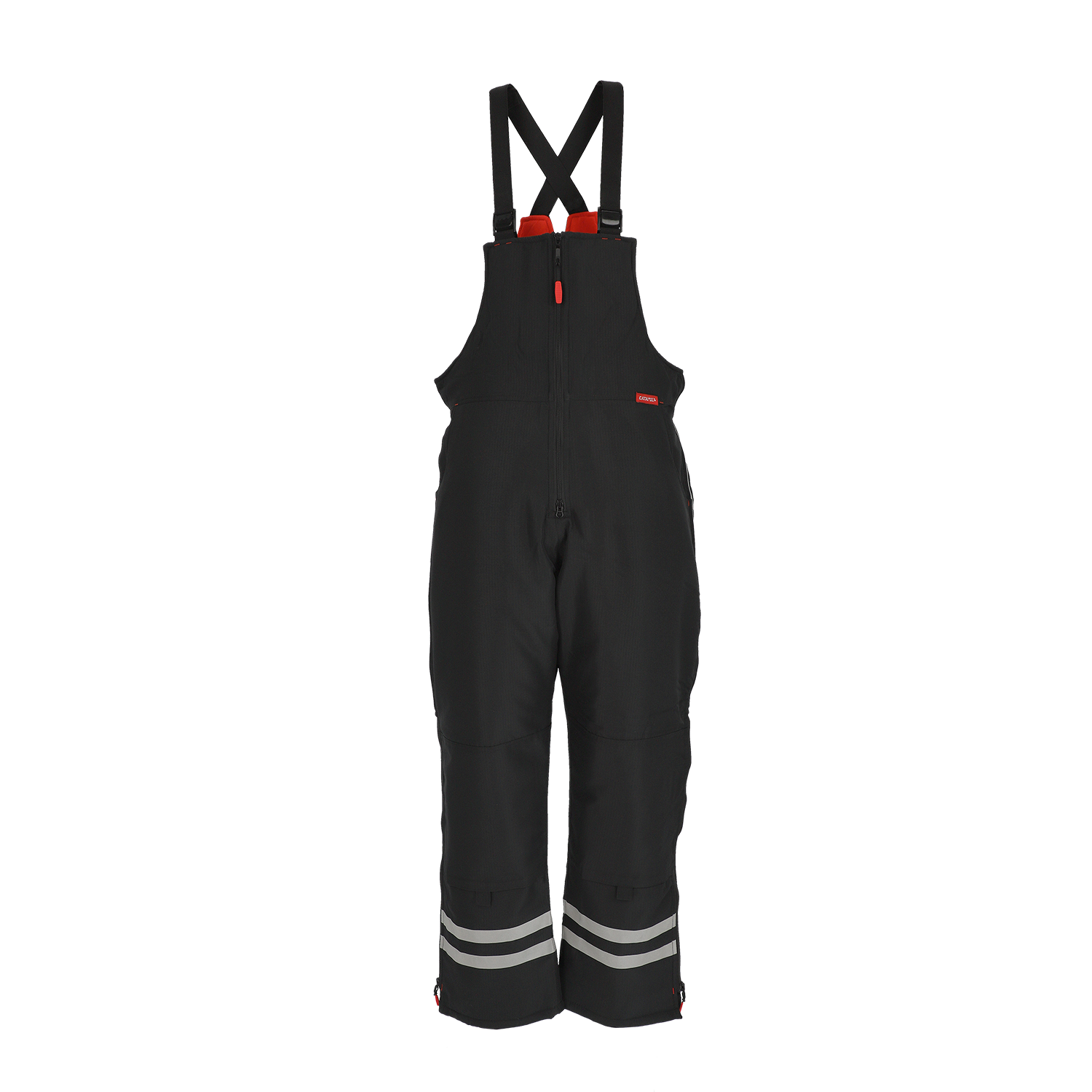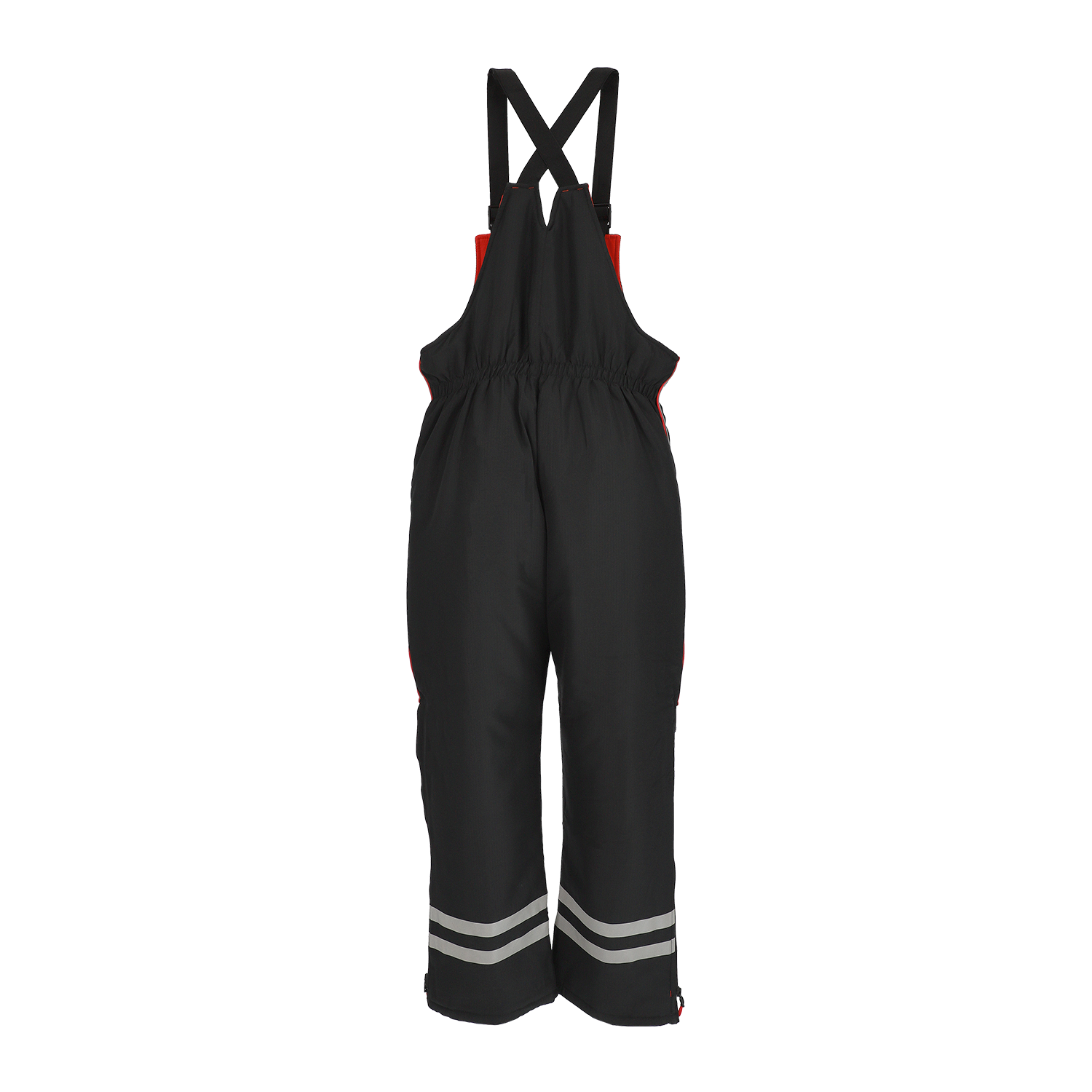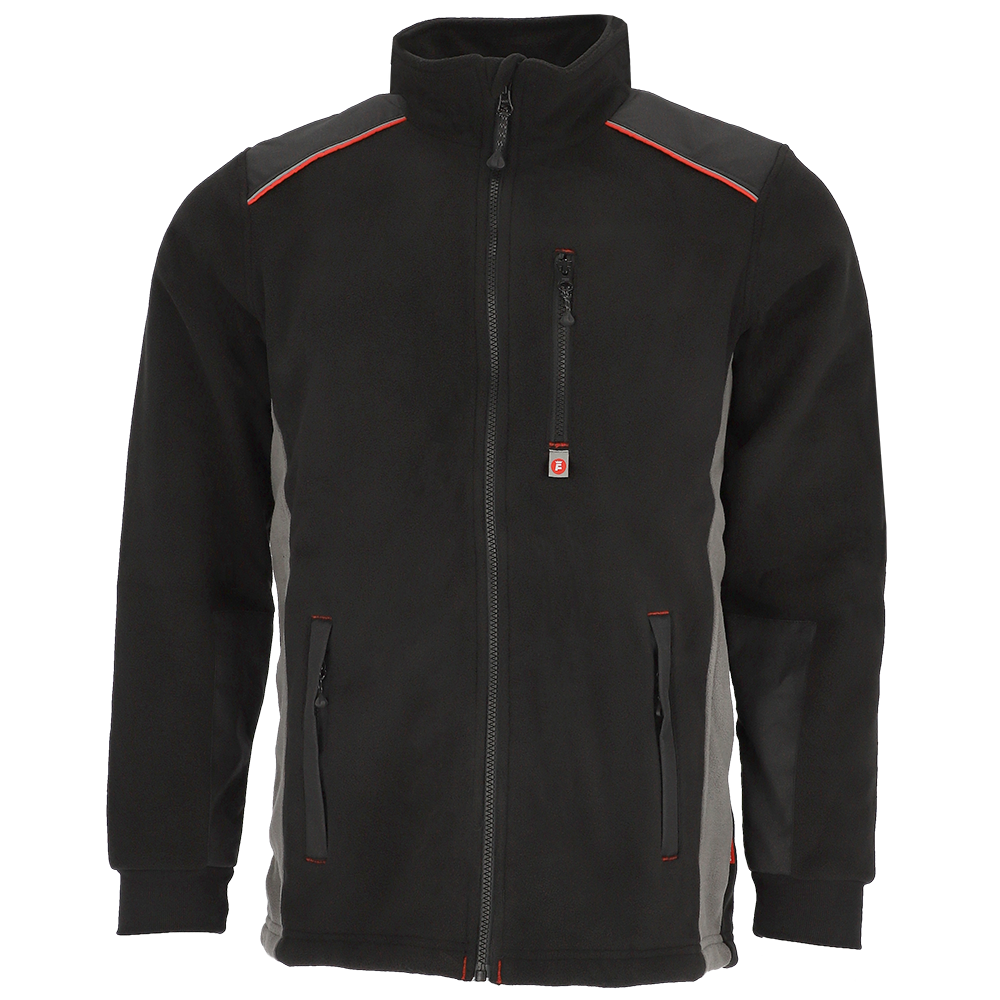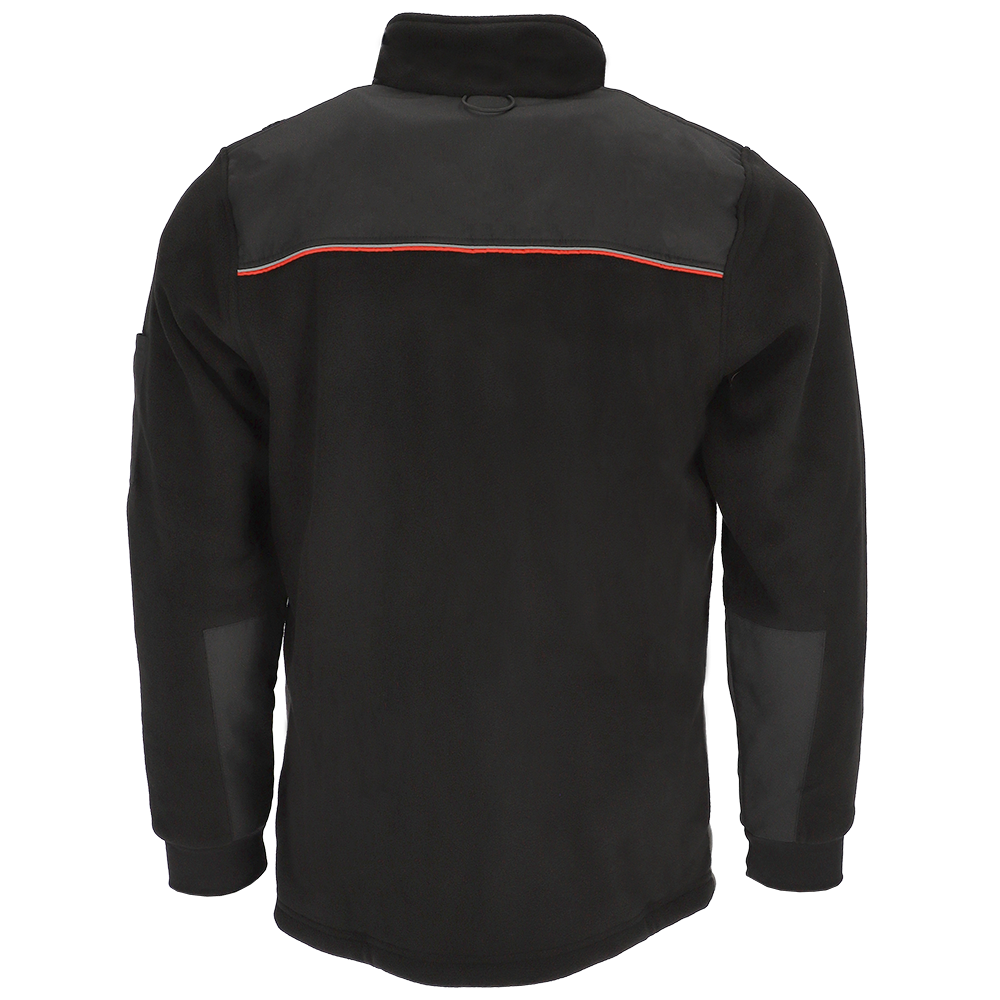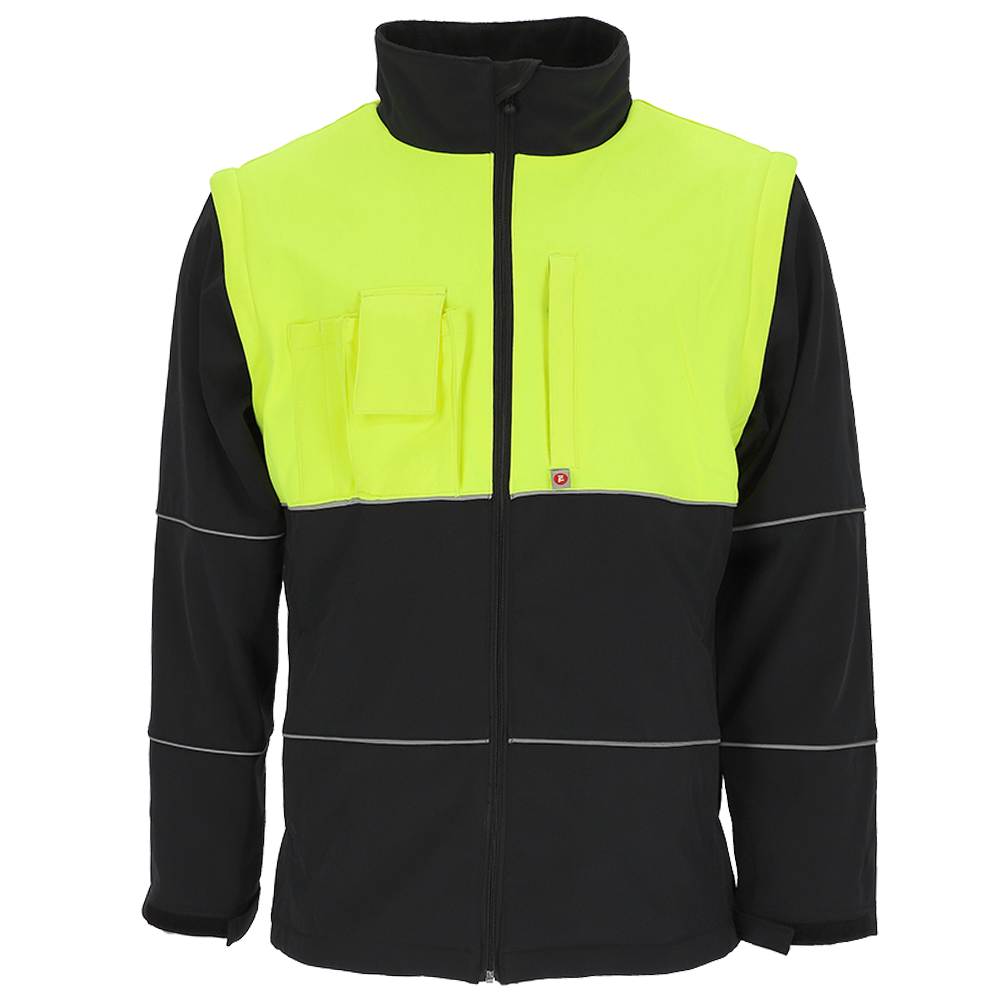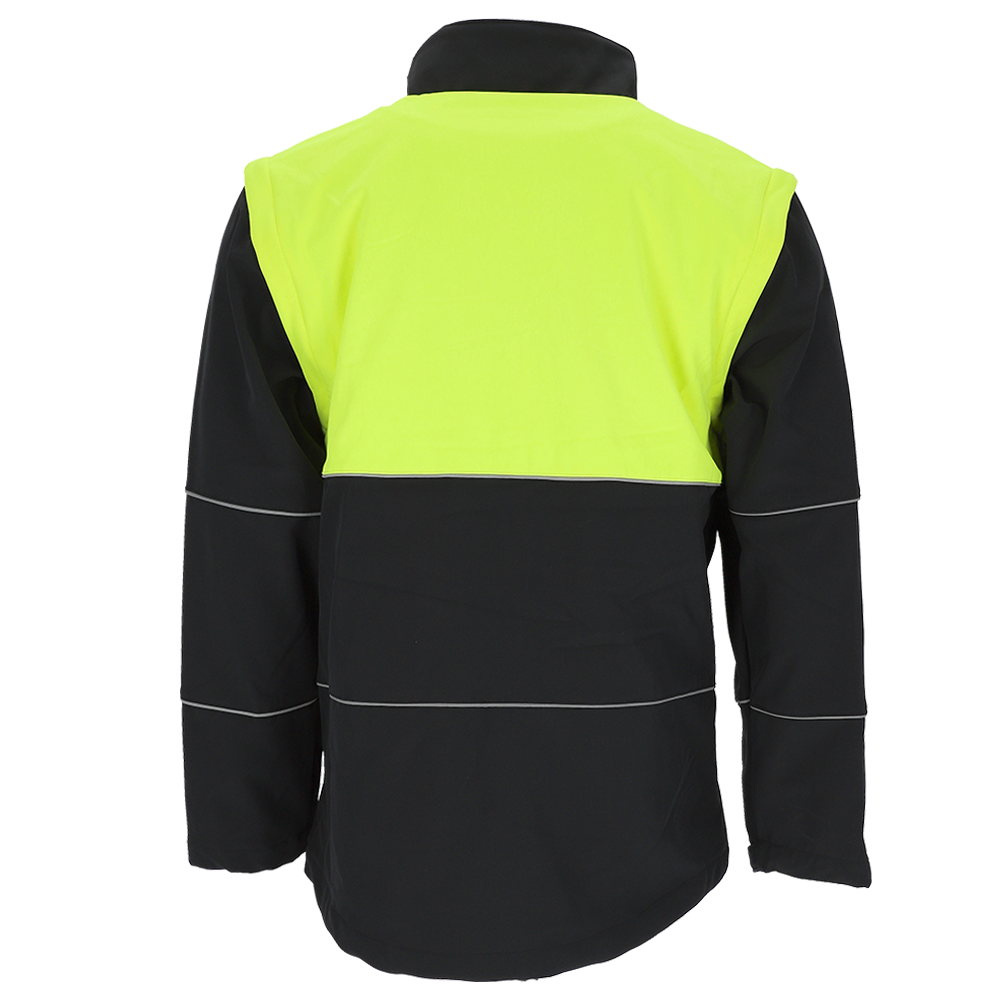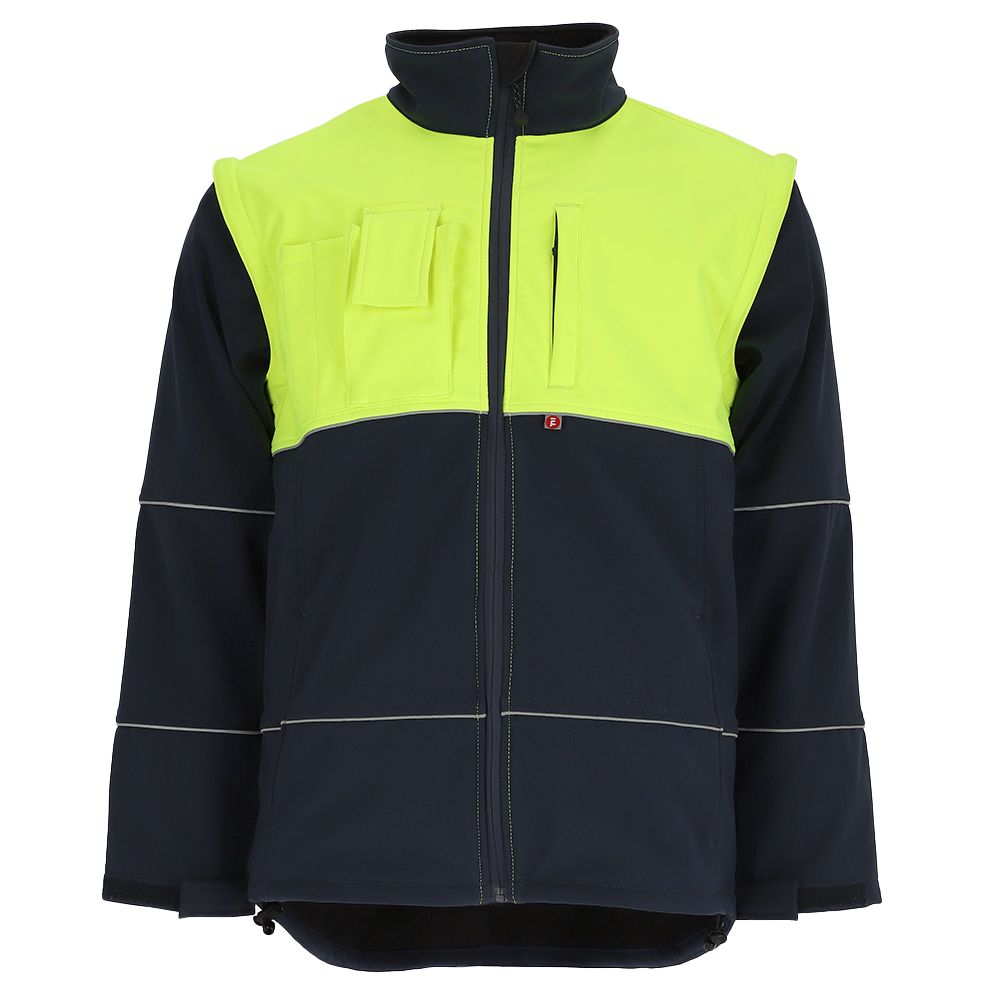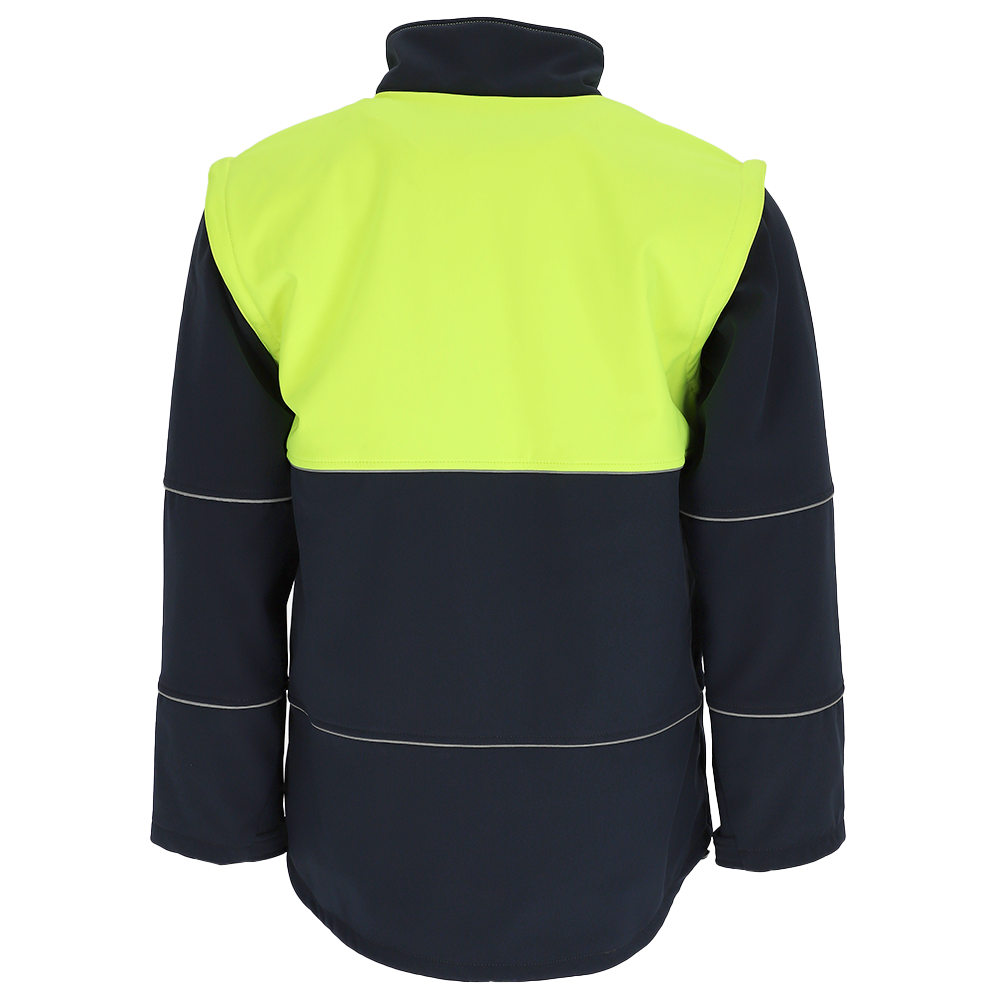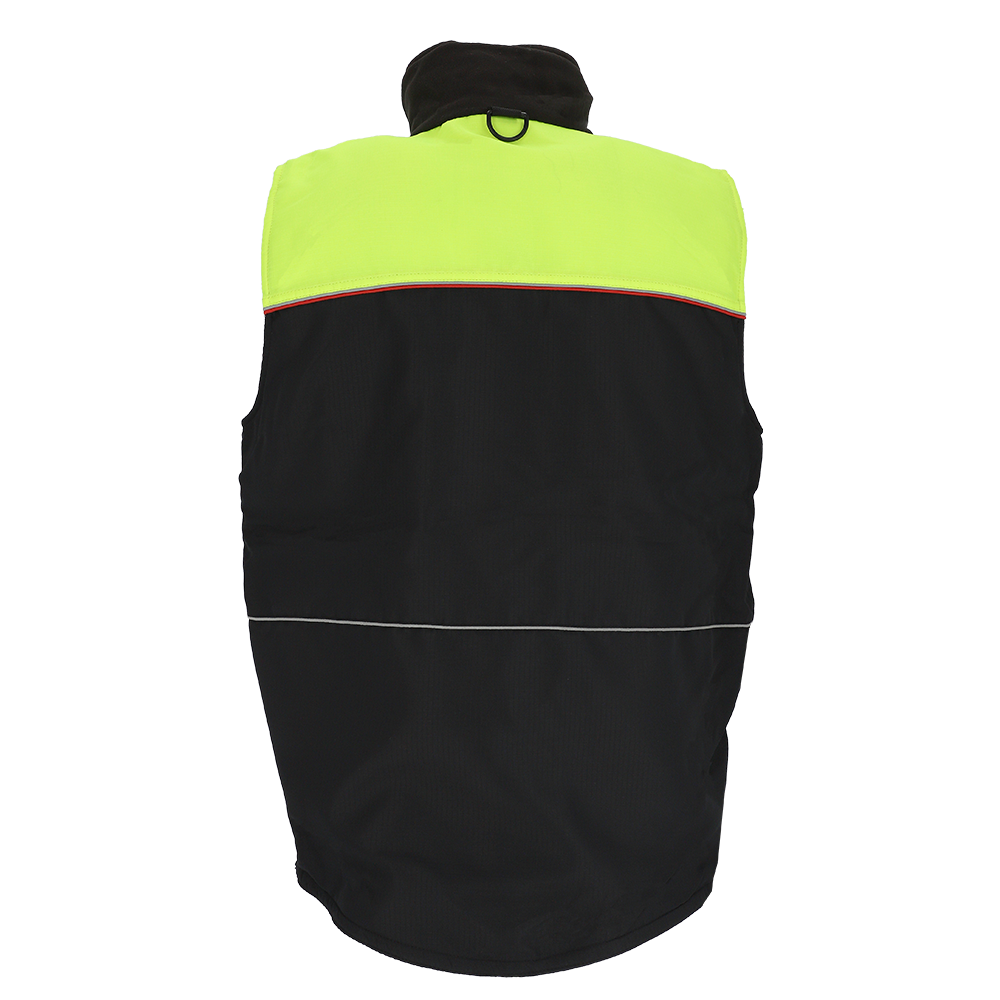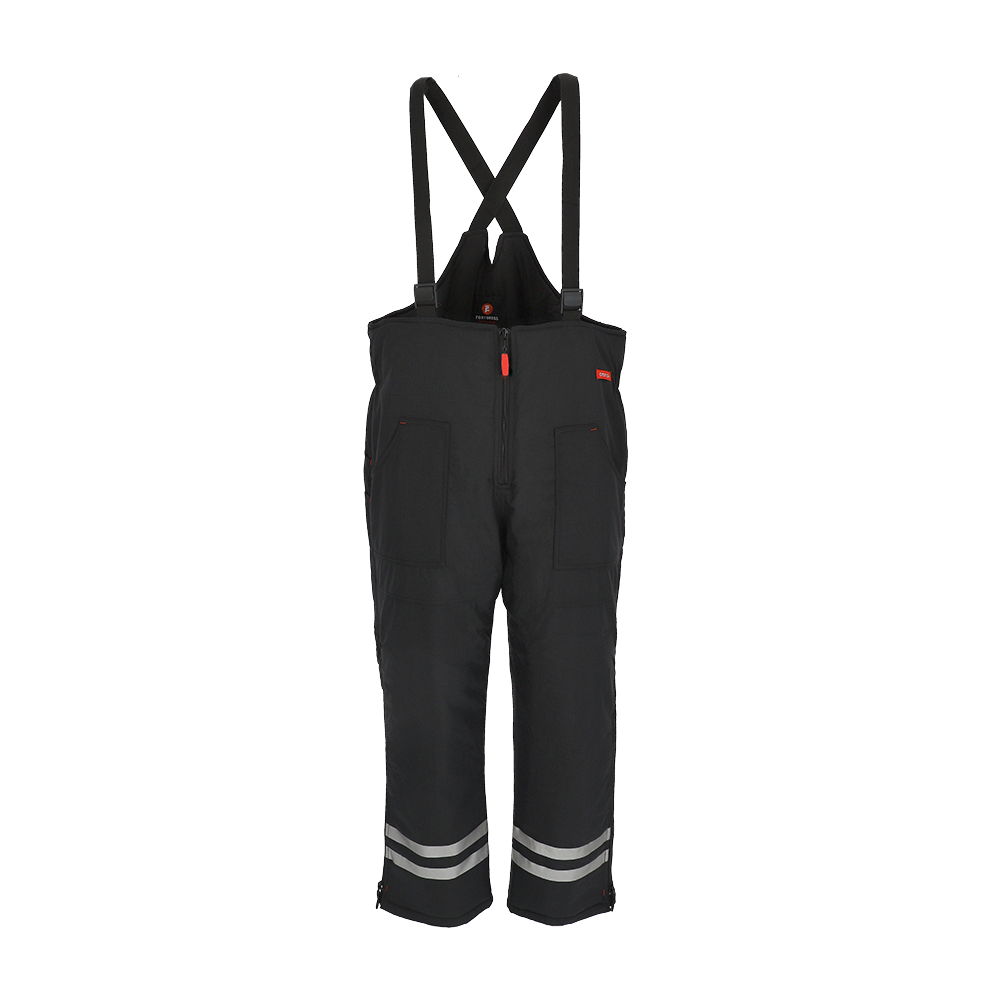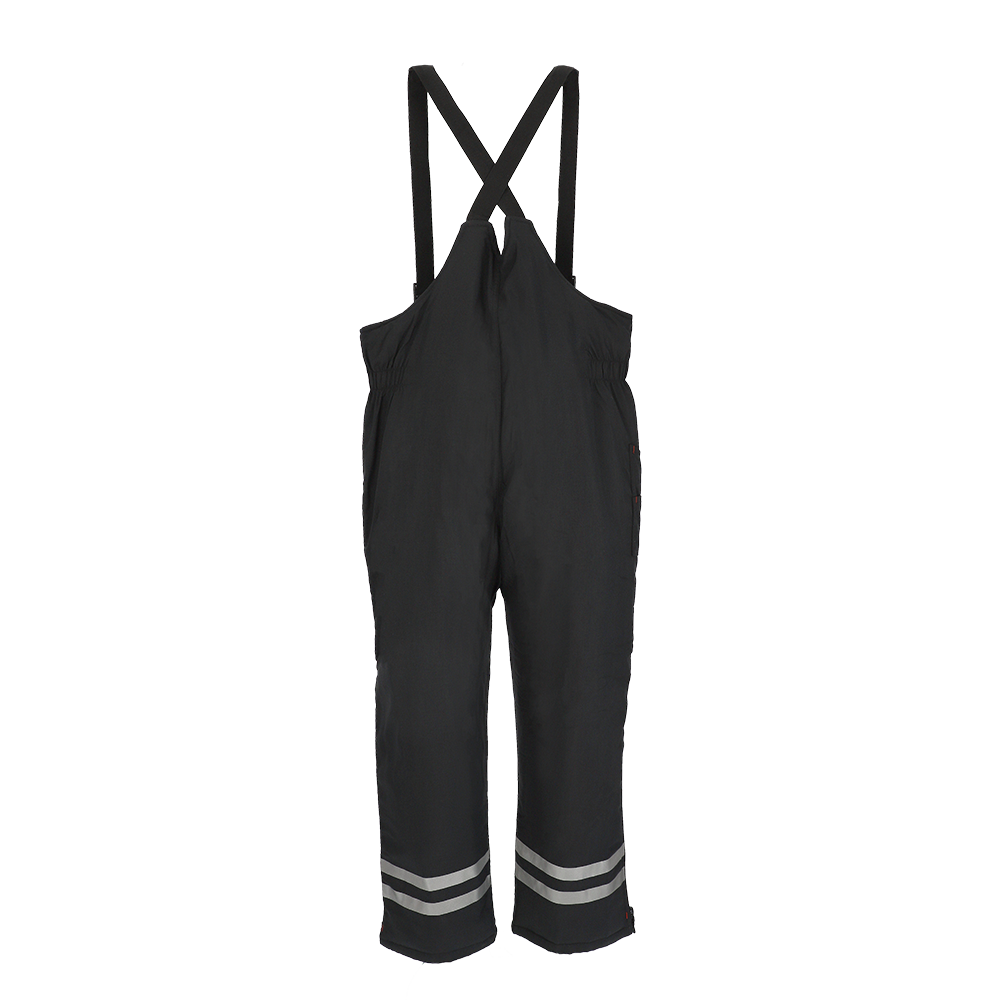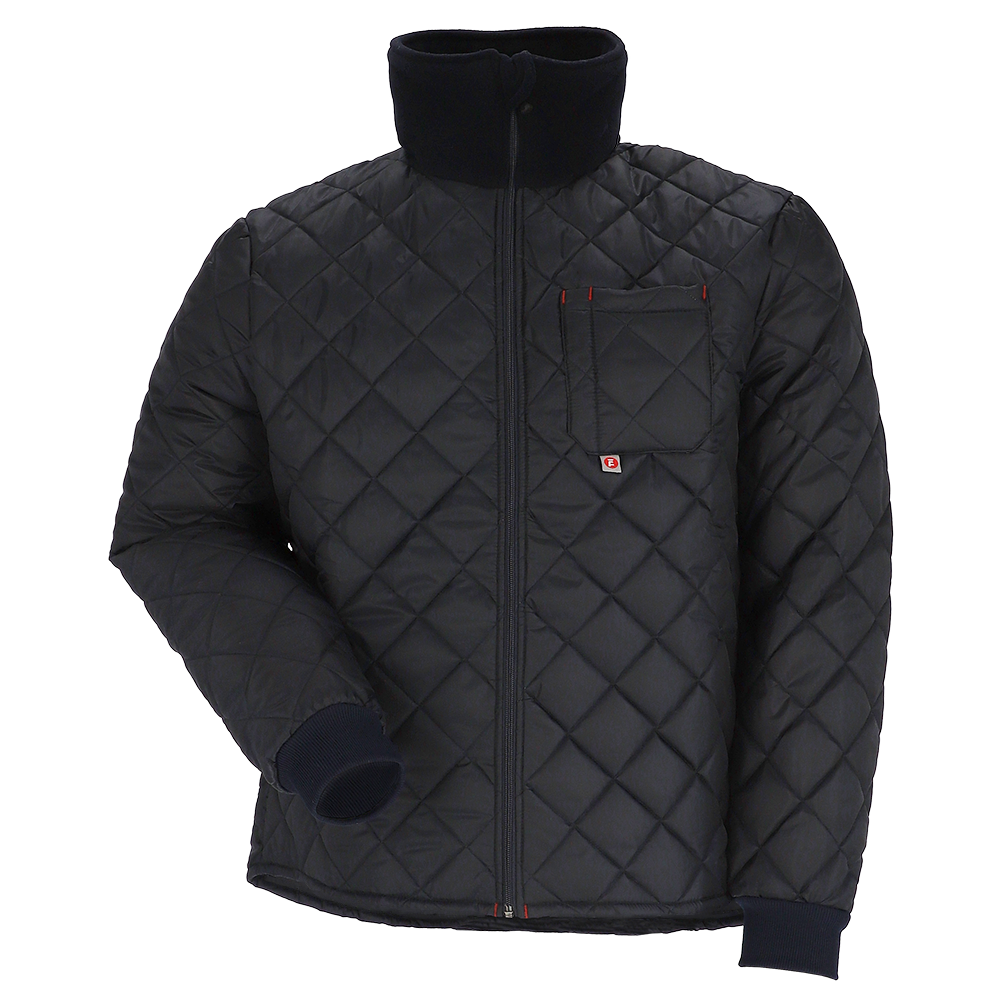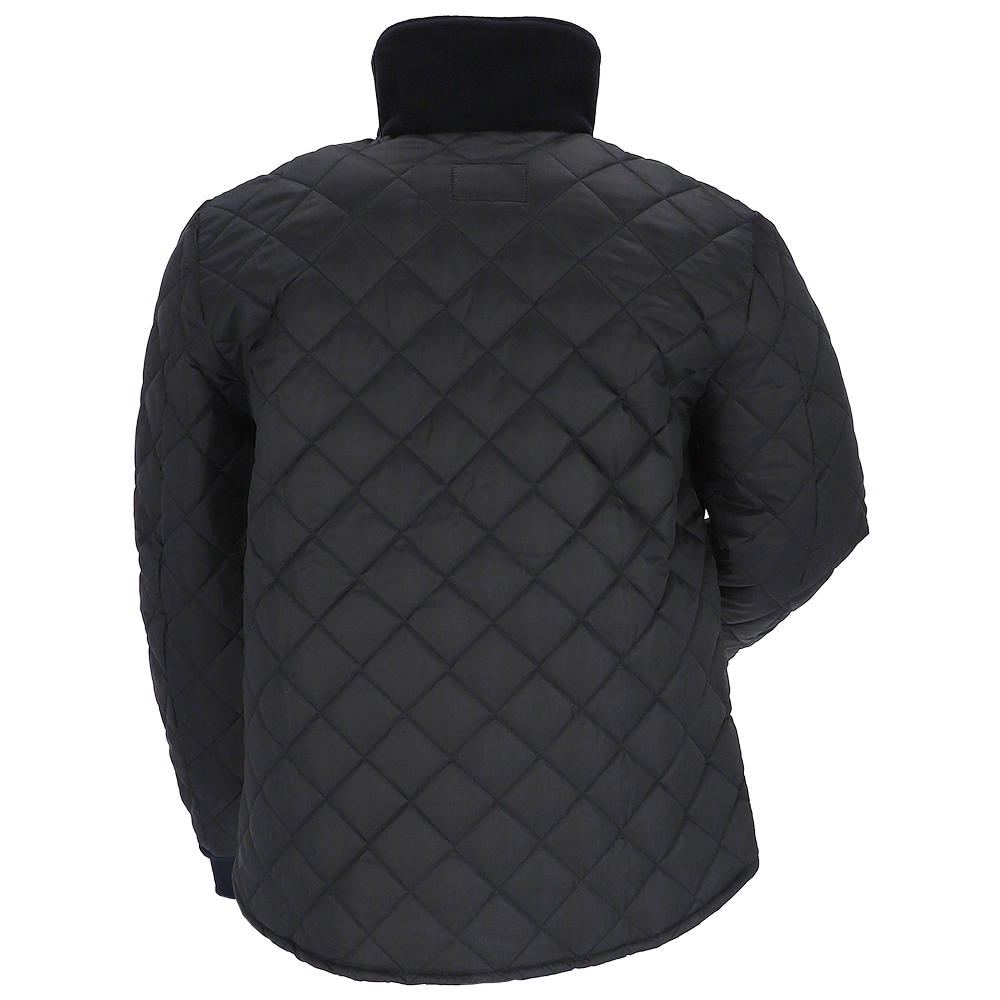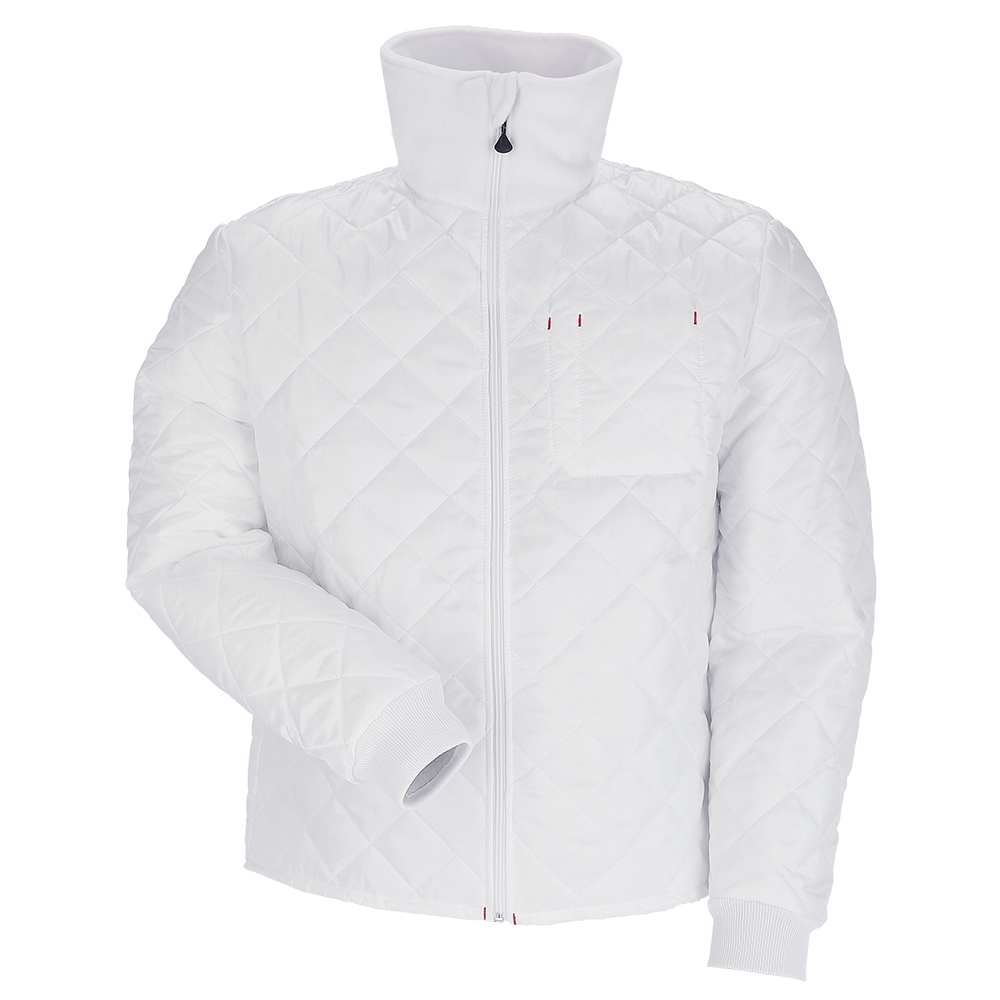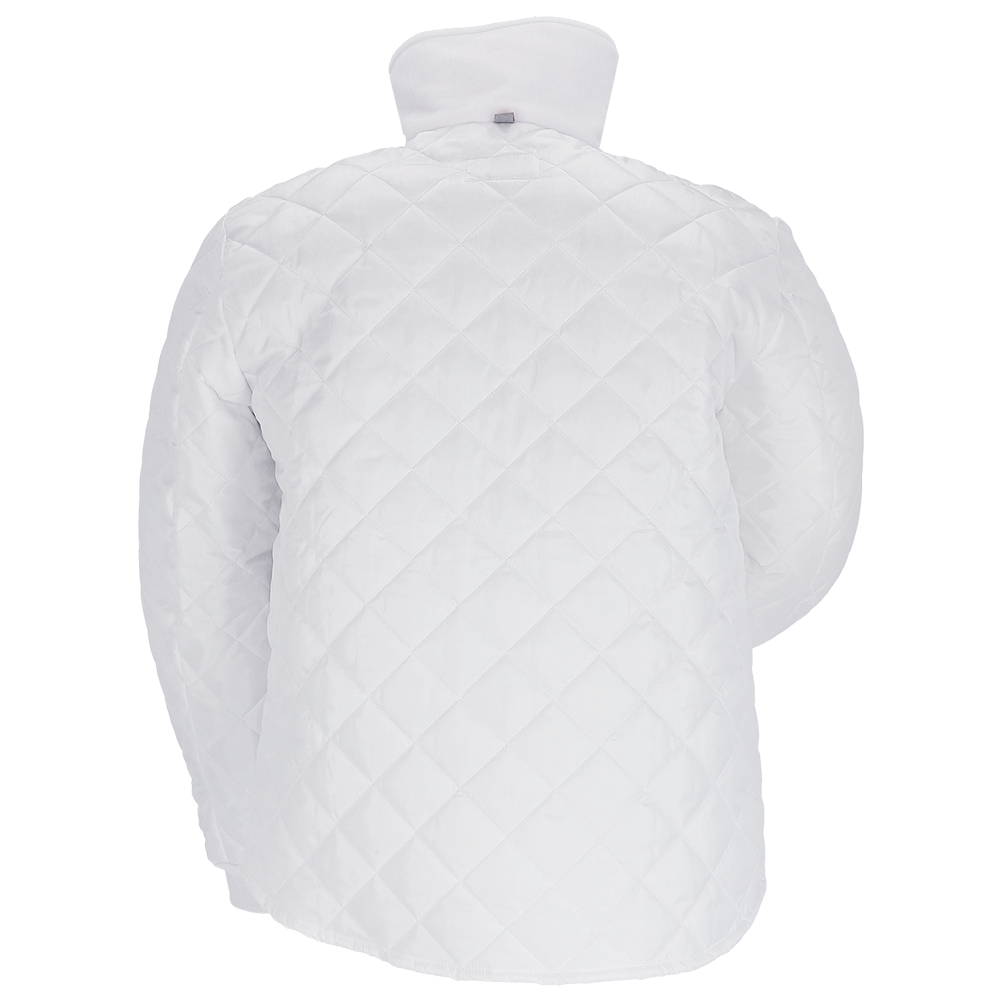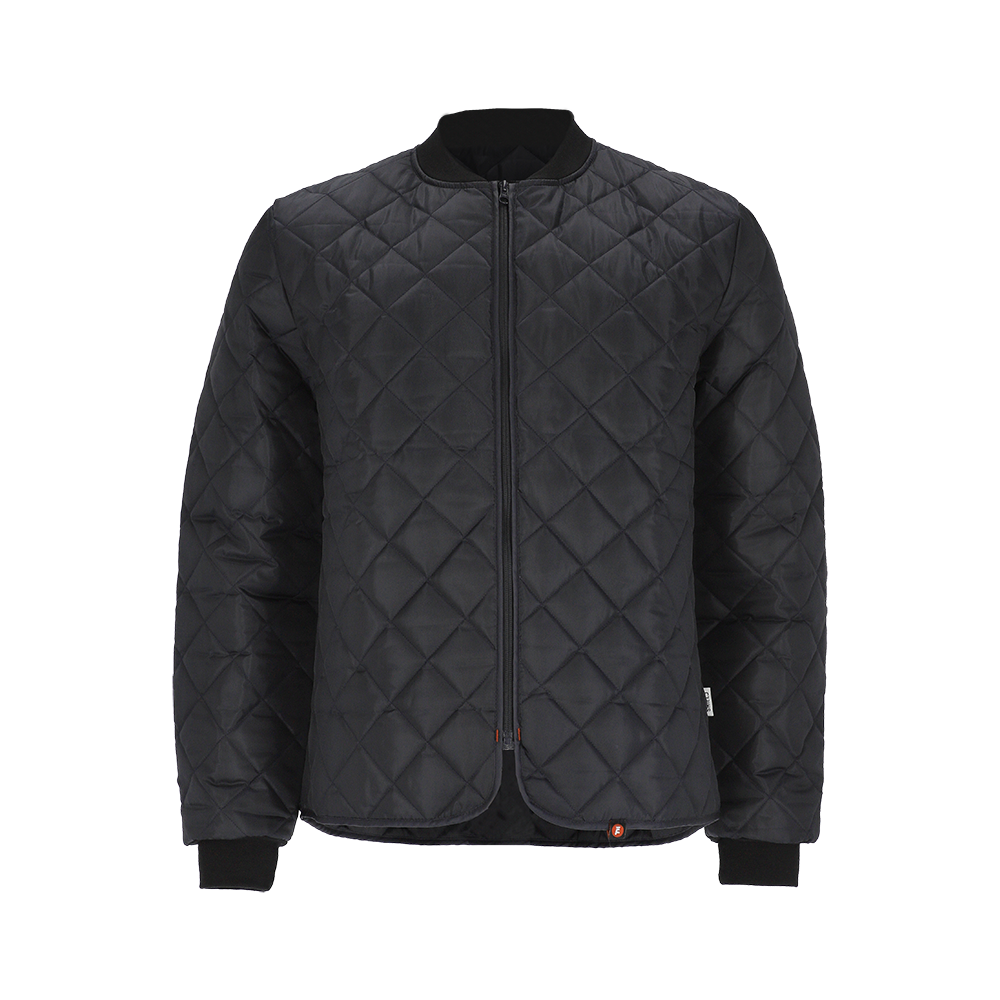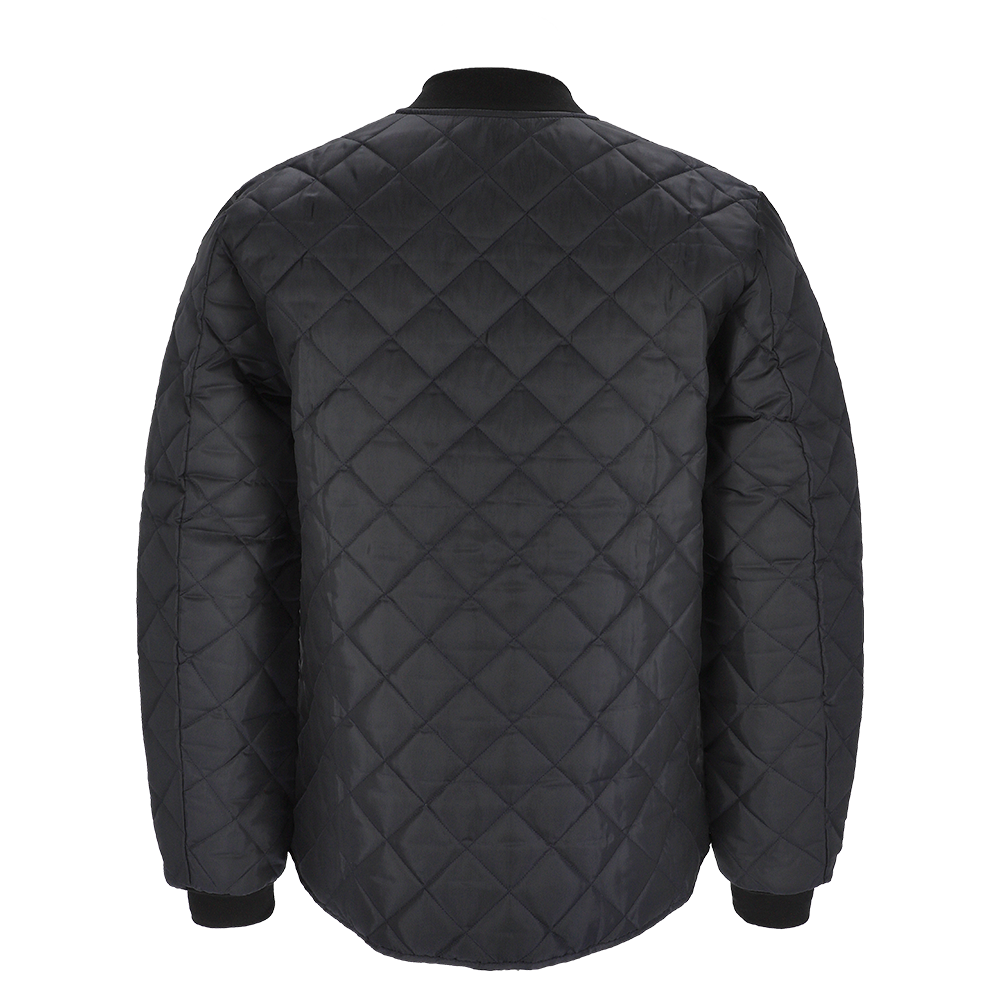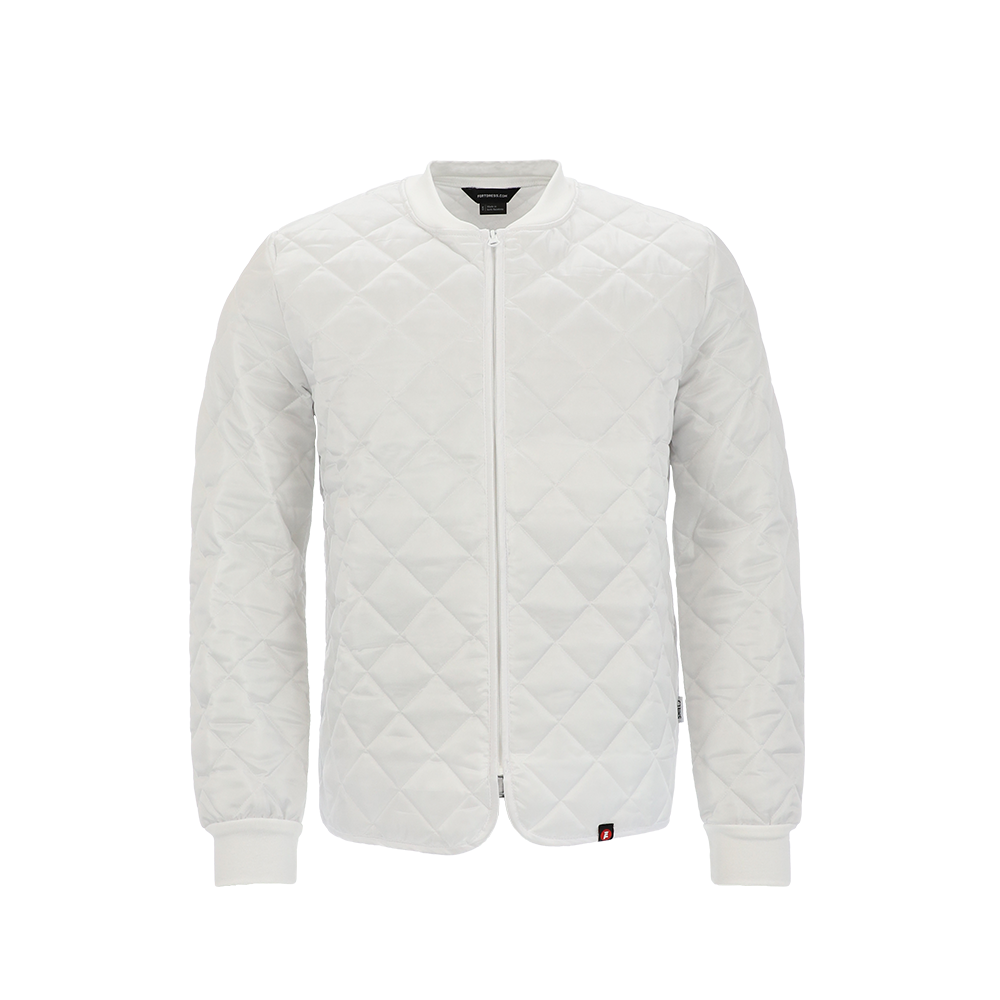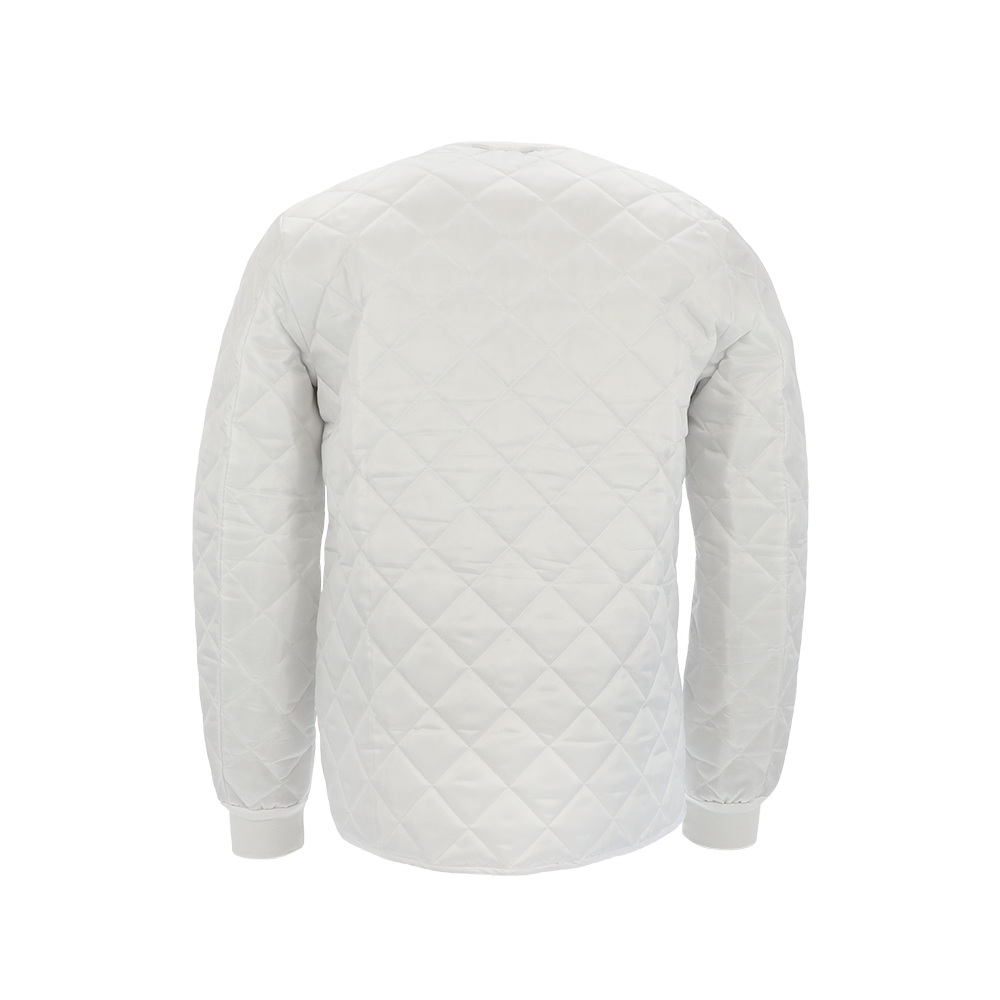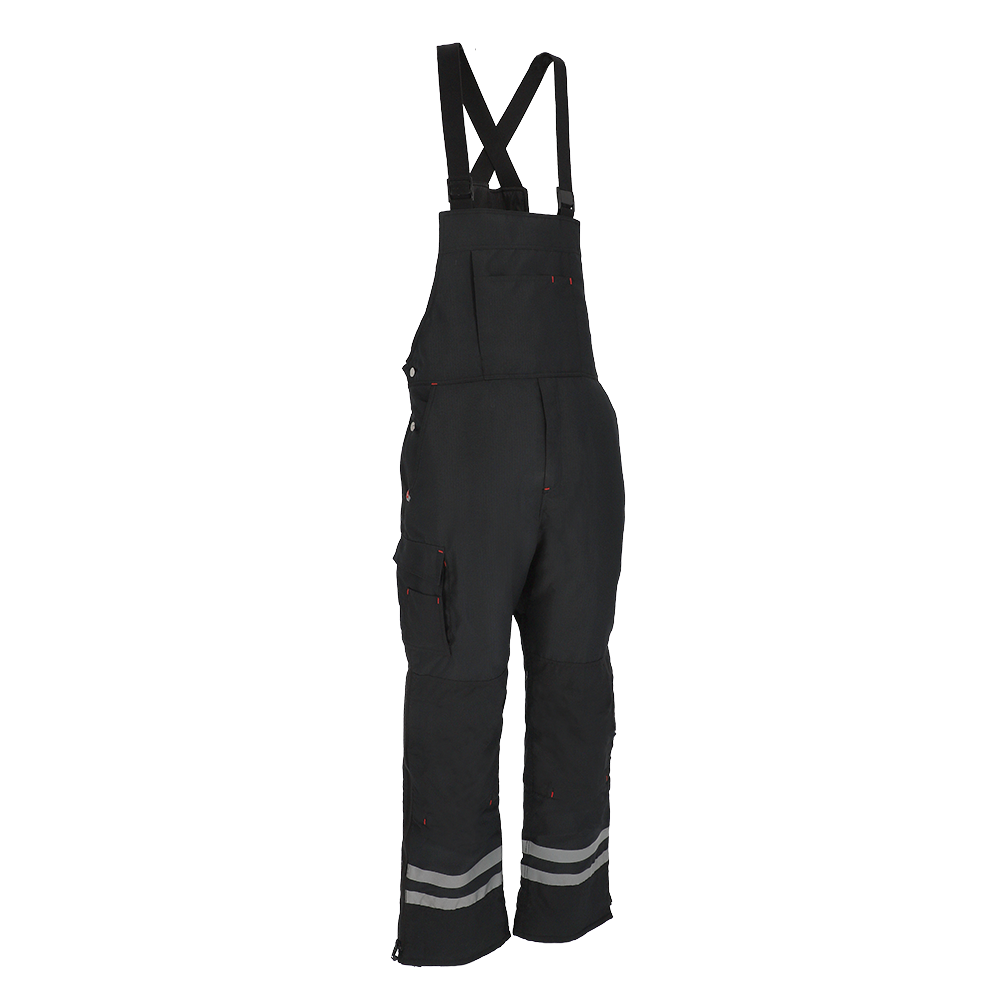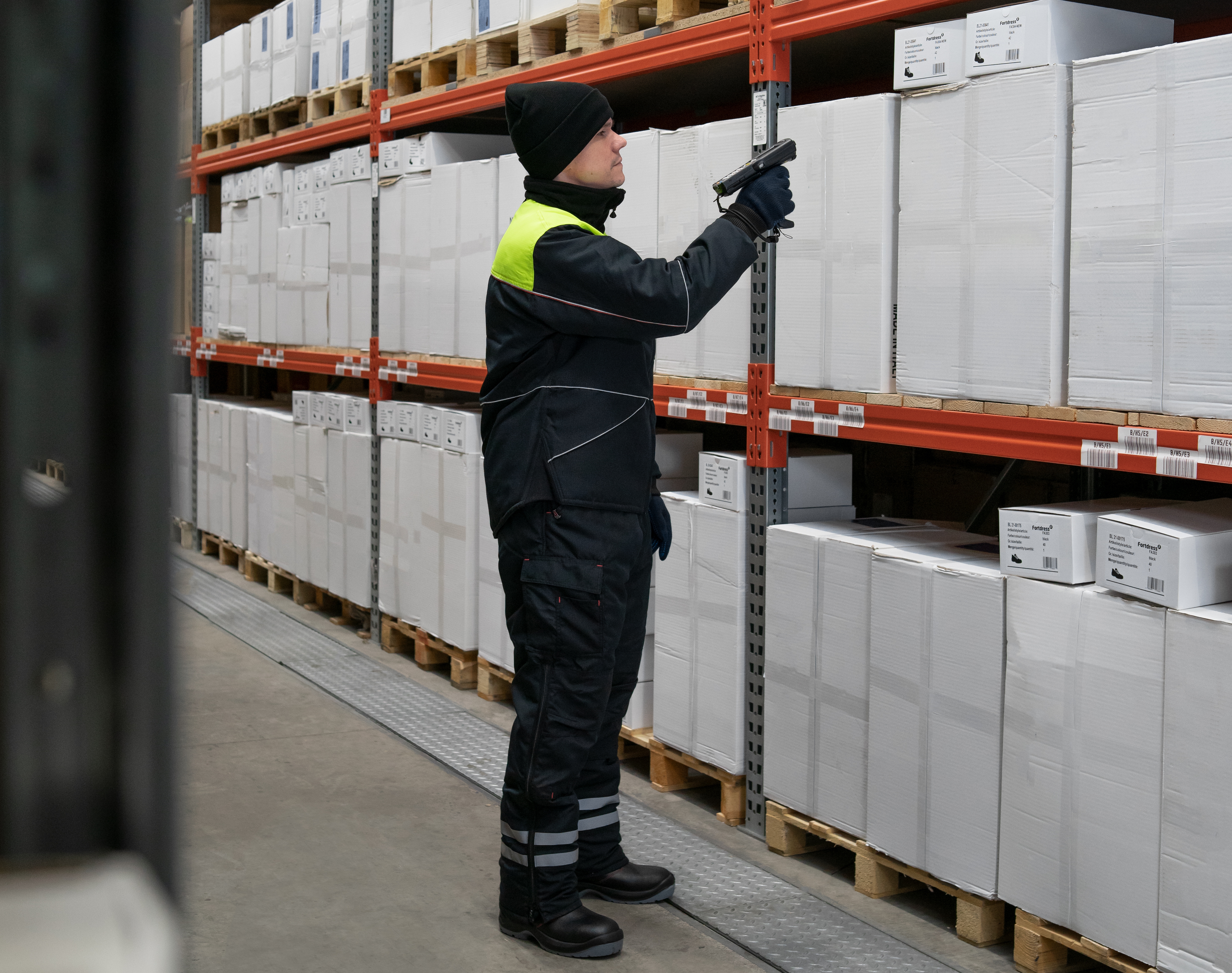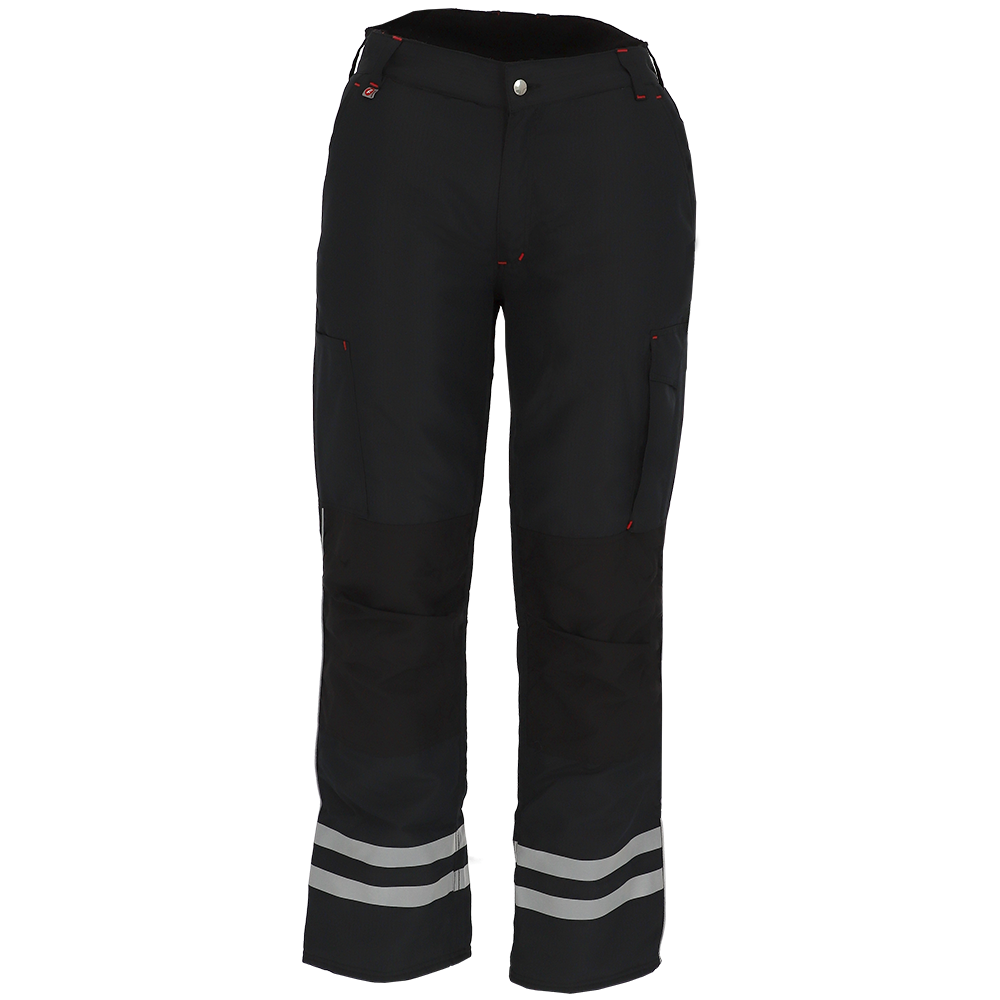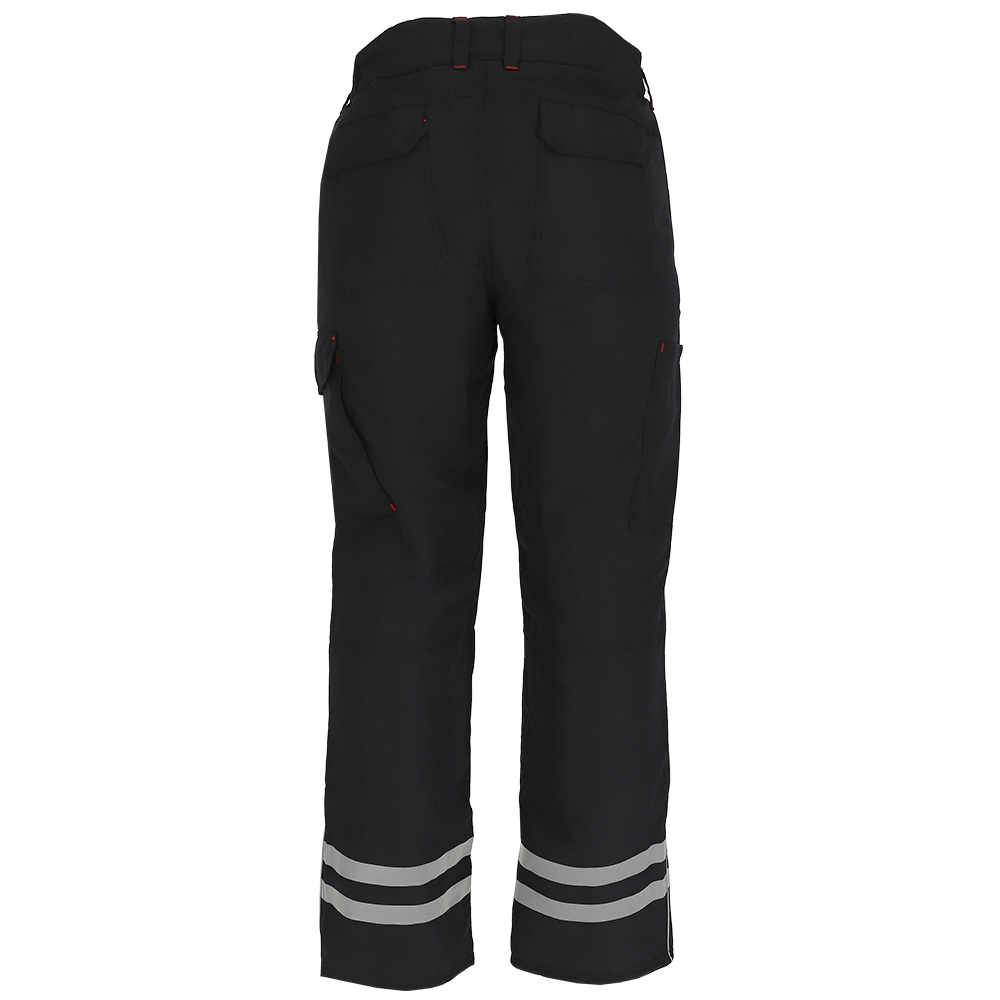



















Workwear for Safe Working in the Dairy and Cheese Sector.
Our workwear is specially designed for working in the food industry. A clean and safe working environment is especially important in the dairy and cheese industry. For smooth working in the company, we create a pleasant wearing comfort of your workwear and make sure to keep you warm and dry. Logistics clothing for the dairy sector provides protection in cold temperatures, protects you during work that is hazardous to your health and creates safe working conditions.
Work in the dairy and cheese sector
The dairy and cheese sector is a processing facility for milk. It produces dairy products such as butter and buttermilk, cheese, sour milk products, curd cheese, whey and others.
Different types of expertise are needed in the dairy and cheese sector: Dairy technologists, dairy lab technicians, but also industrial clerks and mechatronics technicians ensure that the incoming raw milk is kept fresh, carefully checked for its components and then processed.
Hygiene is the top priority in the production of cheese. The cheese dairy is therefore only entered through a disinfection bath and in work clothes. Cleaning hands with disinfectant is equally important.
HACCP clothing
Hygiene is the top priority when handling food. Companies that produce and/or process food are obliged to work according to a strict HACCP concept. HACCP (Hazard Analysis and Critical Control Points) stands for a hygiene control system that helps to ensure food safety. If you rely on HACCP clothing according to DIN 10524, you are on the safe side when it comes to complying with the strict hygiene requirements for workwear in companies in the food industry. HACCP clothing is specially manufactured and designed to prevent food contamination. Fortdress offers modern and certified HACCP clothing for various requirements.
Am I obliged to wear HACCP clothing in the dairy and cheese sector?
Due to the EU Regulation (EC) No. 852/2004 on food hygiene, which came into force on 1 January 2006, the establishment of a HACCP concept is obligatory for everyone who handles food or places it on the market. Every food business operator - including restaurateurs - must be able to prove the operational HACCP concept through documents and records.
The entrepreneur must ensure that the documents are up to date at all times. He has to prove to the competent authority that he fulfils these requirements. In practice, this means that the food business operator must present the records to the food inspector.
EN 342
The European Standard EN 342 specifies the requirements and test methods for the performance characteristics of clothing systems (two-piece suits or one-piece suits) for protection against the effects of cold environments with temperatures less than or equal to -5 degrees Celsius. These effects include not only low air temperatures, but also humidity and wind speed.
DIN EN ISO 13688
The international standard DIN EN ISO 13688 defines the general requirements for protective clothing. These requirements relate to the ergonomics, harmlessness, ageing, size designation and compatibility of protective clothing. In addition, it stipulates that clothing manufacturers must include an information brochure with the garment. DIN EN ISO 13688 is the basic standard for protective clothing that every garment must meet.
DIN EN 14058
DIN EN 14058 is a standard for protection against cold. This standard specifies the requirements for clothing for protection against cool environments. This clothing protects at a temperature of down to -5 degrees Celsius, whereby the value is only to be understood as a point of reference. The value may vary depending on physical demands, additional clothing worn, wind speeds, wetness, humidity, etc. The cold protection standard EN 14058 is often combined with other standards, such as the EN 14058 warning protection standard or the DIN EN 343 standard for rainwear.EN ISO 20471
The EN 20471 standard specifies the requirements for high-visibility warning clothing to ensure the visibility of the wearer. The high-visibility clothing should ensure that the wearer can be seen as quickly as possible in all light conditions, in daylight and with headlamp illumination in the dark.
The DIN EN ISO 20471 standard divides into three classes:
- Class 1: Class 1: permitted on roads where driving speed is up to 30 km/h. This protection level offers little protection, so it is only used in combination in Germany.
- Class 2: permitted on roads where the driving speed is up to 60 km/h and where visibility is still adequate and traffic load is low.
- Class 3: permitted on roads where the driving speed exceeds 60 km/h, in poor visibility conditions and with heavy traffic.
EN ISO 20345
The EN ISO 20345 standard specifies both basic and additional requirements for safety footwear for professional use. EN ISO 20345 footwear is intended to protect the wearer against impact, entrapment, falling or rolling objects, stepping into pointed or sharp objects, heat or cold and against hot substances.
Examples of aspects covered in the EN ISO 20345 standard are the treatment of mechanical risks, slip resistance, thermal risks and ergonomic features. Supplementary standards related to individual activities deal with risks, for example, in relation to electrically insulating footwear, footwear for protection against chemicals and others.
Basic requirements described in EN ISO 20345 include:
- Height of the upper part of the shoe
- Heel area for boots
- Minimum length, pressure and impact resistance of the toe cap
- Water vapour permeability and water insulation value of the outer material
- Outsole thickness and abrasion resistance of the outsoles
Safety shoes are divided into different protection classes depending on the requirements fulfilled. Safety shoes belonging to protection class SB fulfil the minimum requirements according to EN ISO 20345. Safety shoes with further additional requirements are divided into protection classes S1 to S5 depending on their characteristics.
Safety classes
>Safety shoes are classified into two classes.
- Class I (SB, S1, S2, S3): Footwear made of leather or other materials, with the exception of solid rubber or all-polymer footwear.
- Class II (SB, S4, S5): Solid rubber footwear (i.e. whole vulcanised footwear) or whole polymer footwear (i.e. whole moulded footwear).
If you have a work shoe that only meets the basic requirements, you have an SB safety shoe. Only in this SB safety category can the heel area be open. If the safety shoe fulfils further additional requirements, it is classified in different safety classes. S1, S2, S3, S4 & S5).


